|
I love to create my own trellises! I’ve been known to make them out of pallets, chicken wire, and even baby cribs. In trying my hand at growing snap peas for the first time this gardening season, I looked around online for trellis ideas. I found an idea via HGTV that was both fun and cheap to make, so I put my own spin on it. You’ll need:
DISCLAIMER – Don’t mind all the weeds in my photos. I was waiting for our rototiller to make its way back to me…it looks much better now! One hoop is used for the top, one hoop is used for the bottom of the trellis. I started by attaching the hula hoops to the garden stakes. I wrapped twine tightly around both items, for the most part using a figure 8 pattern. On the bottom, leave about six inches so you can sink the stakes into the dirt to keep it in place. On the top, make sure while you are wrapping some twine crosses over the top of the stake to keep the hoop from slipping down I placed the structure where I wanted it in the garden. I then took the twine, tied the end to the bottom hoop, and started looping it around the hula hoops - running it from the top hoop, to the bottom hoop in a zig zag pattern. After I got all the way around, I tied off the end of the twine. I have many critters this year, so I also have cages around both pea plants that have acted as trellises in addition to the one I created. The structure has been solid and all has stayed in place, even in the bad storms/high winds we’ve had. The peas have been growing nicely, wrapping themselves around the twine. See, I told you I got rid of the weeds! Here is what the trellis looks like in our garden.
0 Comments
It has been a minute since I have attended a Do It Herself Workshop at Home Depot! I’ve enjoyed the past classes I’ve been to - creating this two-drawer nightstand, vertical herb garden, and vertical succulent garden. Their latest project, the DIY Pegboard Shelf, caught my eye. These types of shelves are very trendy right now. What I especially like is you can change up the shelves really easily to meet different needs you might have, or if you simply want to restyle it to give a room a different look, you can do it in minutes. When I arrived, they had everything ready! The plywood, shelves, and dowels were already cut. All we had to do was screw the two plywood pieces together and insert the dowels where we wanted the shelves. I was kind of (really) bummed I didn’t get to use the hole saw to create the holes for the pegs, but I can’t complain. I got a free shelf out of the deal! Because we didn’t do much…I couldn’t take step by step photos…so here is their instructional video: I chose to paint my shelf a high gloss grey after getting it home. I wanted it to pop against the wall I was putting it on, which is dark poly stained wood. After letting it dry completely, Joel helped me screw it onto the wall. I love its versatility and it looks great in our dining room area. I didn’t know I needed something on that wall until I had this in place!
In my last DIY post, I shared how (with the help of my parents) I reupholstered our dining room table benches. This next project I’m sharing was inspired by our dining nook makeover. I believe I made it very clear that I loved the fabric I found on sale to use on the benches. I’m a paisley princess, can’t get enough of it. And the yellow/grey combo has always appealed to me. To have all of these details come together in a fabric was dreamy. Anyway, I wanted to use the leftover fabric to make throw pillow covers for our mudroom so that when you enter our mudroom and walk up the stairs to our dining nook, the spaces felt tied together. This time with the help of my grandma, together we made throw pillow covers for two pillows I already had and wasn’t crazy about. She used a basic envelope pillow cover pattern like this one. I am not a sewer, but she did walk me through the whole process and explained what she was doing. I have full confidence I could make a somewhat nice cover if I had to in the future, but for now I’ll lean on her! Once I had the pillows ready, I decided I was going to give the mudroom a mini makeover by changing the paint color as well. It was a fine mudroom, but it was missing impact. A good punch in the face when you walked in. In a creative impact sense, not a physical one! It needed a little something extra. My mom helped me pick out the perfect gold color that matched a deep yellow tone in the pillow cover fabric. Butterscotch Ripple. Yummy. Instead of painting an accent wall or the entire room, I ended up creating a faux wainscoting effect around the mudroom and up the stairs leading to the dining nook. To create the effect, all I needed was:
I made my wood cuts one wall at a time, just to see how things fit and if it would affect my next run of wood. I measured up from the floor to the height I liked, leveled the strip, made marks with my pencil where the bottom of the wood strip would be, and then used the stud finder to mark where the studs were. I used the nail gun to secure the strips, being sure to check that they were level along the way. 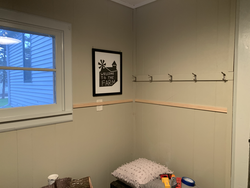 I followed the process above all the way around the room and up the stairs. Up the stairs was a little trickier because I had to cut the ends at angles. I’ve mentioned before that math and I don’t get along – and that includes angles. I actually just marked the angle of the wall on the piece of wood with my pencil by eyeballing it, made the first cut, placed the cut angle against the wall, marked the angle of the other end, and made the second cut. Real professional…but, I got super lucky and it fit perfectly. After I had everything nailed in, I went through with the wood filler before painting. I filled in each of the nail holes created by the nail gun and wiped off any excess with a damp cloth. From there, I started to paint! I had to put two coats on, but it’s a really small space, so it didn’t take long. Here is a before of the mudroom when we moved in: Here is the after following the mini makeover: In total, this project took me an evening and part of the next morning to complete. For such a quick project, I couldn’t be more pleased with the impact it has when you walk in our back door (which is our main door)! People will be leaving with black eyes from the punch in the face they’ll get now (LOL). What are you working on lately? Tell me in the comments!
Our dining room has always lacked a little something. It’s nice, but it’s “meh.” It’s typically a catch-all room – a dumping ground for when we are coming and going. I haven’t been inspired enough to add a unique style to it. Until…I ran across my dream fabric. That changed the game! My fantastic friend who has a love for all things old and/or Mid Century Modern (the office of the business he owns is right out of Mad Men) gifted me with a table set when I told him what I wanted for our dining room. It couldn’t have been more perfect. He needed to get rid of it, I wanted it, so it worked out for both of us. I’m terrible at remembering to take before photos…so here are the benches that I reupholstered and the old fabric next to the new (perfect) fabric: This is what you’ll need for this type of project:
So as I mentioned, deconstruction comes first. I had to take these benches completely apart to do this project. I used the flathead screwdriver and pliers to pull out the staples, utilizing the hammer as needed to get the screwdriver under the tough staples. After this point, my parents stepped in. My mom is amazing with anything fabric. I couldn’t have done this without her. She did the measuring, I tried to comprehend. Me + Numbers = Disaster. Using the old fabric as the template, we cut the new fabric to size. After she cut, I reinforced the edges of the fabric by ironing them over, applying fabric tape as needed to the areas of the fabric that would get pulled at the most when someone sat down After we had the fabric ready, we measured the back and seat of each bench to cut the batting and foam. Using the electric knife, we rounded the edges of the foam all the way around. Then it was show time! As my mom held everything together securely (bench back/seat, batting/foam, fabric), I came in with the staple gun to secure the fabric to the back/bottom of each piece. That was by far the easiest and fastest part of the project! After we stopped to admire our work, my dad jumped in to help me reassemble. It was tense, we had to get creative (because I didn’t take very good photos ahead of time…surprise, surprise), but we did it! Also could not have done this without my dad because he has the patients and tools to help get the job done. He helped me put better screws in the outsides of the benches as well so they feel completely solid when you sit down. Here they are in our dining room, back with the table they came with! I’m. In. Love. The fabric was everything I needed to move forward with creating a specific feel for that space. It also inspired me to revamp our mudroom around the corner, which I’ll share in my next DIY post! Check out my past DIY project to see the mattress spring frame light fixture I made to go above our dining room table. It goes together great with the new fabric and is just another piece that is helping me achieve a cohesive look in this room.
Looking for an adorable DIY project for Easter? I’ve got just what you’re looking for! While browsing Dollar Tree for a few Easter/Spring décor items to freshen up what I currently have, I ran across inspiration for a project. One item led to another and I had a full vision for the vignette we have placed just as you pull in our driveway. I knew I wanted to put sticks with plastic eggs hanging from them in the wash bin. But then I found a felt bunny head that I thought would be cute peeking out from the bin as well! Here is my vision brought to life: I mean, come on. That face! Here is what I used to create the bunny:
If you make any mistakes, that’s what the sander is for. I sanded the edges, smoothing out any unintended mis-cuts and bumps. I then sanded the flat sides of the wood, wiping them down with a cloth afterwards, so I had a good surface for the paint. I chose to connect the bunny head to the 2x4 before painting. I attached them together with two long screws through the face of the bunny. I did this because there are normally high winds where I put this piece of décor and I didn’t want it to fall apart. If you will be putting this on a porch or indoors, you could easily use wood glue or construction adhesive. Once attached, I started to paint. I used white outdoor paint as the base and applied spray paint with a brush for the facial features (I work with what I’ve got at home!). I finished it off with a coat of clear poly spray paint to seal it up. I chose to paint both the back and front white because the back is visible from the road. I utilized the facial features on the felt bunny head to paint in the ears, eyes, nose, and mouth. I have to give credit to my husband for that idea! I might cut the 2x4 down a little bit to lower the head a little more, but I can’t help but smile when I see this sweet bunny peeking out of the wash bin, welcoming me home! Here’s another angle for your viewing pleasure: Happy Easter!
I'll just start like this. Poster frames are EXPENSIVE. If you've been following along with my blog, you know that's not my style. I either get it cheap or make it myself! We have a lot of posters. Being huge music fans, we have quite the collection. We also love vintage posters featuring interesting illustrations. The palmistry guide poster I created this DIY magnetic poster holder for has been in the back of a cabinet, just waiting for its debut. Well folks, today is the day! To make this project, you'll need the following:
This project is really as short and sweet as you'd imagine. Measure the width of your poster and cut your wood strips to size. You can either size them to the exact width of your poster or leave a little extra wood on the ends. I left about a 1/2 inch on each side of the poster with my strips. Choose which side of the wood you want to face out and place that side face down. Start attaching the magnets to the back side so they will line up with each other when it's time to hang the poster. Snap two of the wood strips to the top of the poster and make a hanger with the twine. I tied my twine to the outside edges of the poster on the wood strips, one of the benefits of letting the wood extend out from the poster just a bit. If you cut the wood to fit the exact width of the poster, you could attach two small screw-in eye hooks to the wood strip that will be flush to the wall, tying twine through the hooks. Snap the other two wood strips to the bottom poster and hang on a wall of your choice! I love the rustic look of this poster holder. It fits in with our current décor nicely and saved us a few bucks. Have fun giving this easy project a try!
After the Christmas and New Year holidays pass, I like to transition our décor to a winter theme. Normally, this simply means keeping everything out except for the Christmas tree, stockings, Santa figurines, and most of the sparkly items. Not too much work! I realized last year I didn’t have a good winter wreath to hang, so thought ahead and made one this year! Using old clothing in my DIY projects is something I really enjoy and want to do more of, so I chose to get creative with some Goodwill sweaters in colors matching some of the exterior features of our home. Here’s what you’ll need to make your very own cozy winter wreath:
I started by attaching the greenery to the frame. The greenery I used was a little unconventional. I found five felt placemats at Goodwill that worked great. I poked the greenery through the frame and attached each one to the wire of the frame with a twist tie, reinforcing the tie with some hot glue. Then I planned out the placement of the ornaments. I only had small and large ornaments to use (I was trying my best to use leftover supplies from the basement), but I’d encourage you to use a medium size ornament as well. I think it would give the wreath more balance, transitioning from large to small a little less drastically! Once I had a good idea of how many ornaments I would need, I began attaching the sweaters to the ornaments. I did this by simply gathering the sweater around the ornament, placing a twist tie around the top, twisting it tightly, and cutting away what I gathered from the sweater. Not very technical…but it worked really well without needing to measure and I had more than enough material to work with. Once the ornament was cut away from the sweater, I reinforced the twist tie all the way around the top of the ornament with hot glue. Next was getting the ornaments on the frame. I chose to use safety pins to attach the twist tie end of the ornament to the wreath frame. I made sure to loop the pin through the fabric AND the wires of the frame to make sure they were secure. I attached the large ornaments first and proceeded around the frame with the small ornaments. To secure the ornaments even more, and make them fall where I wanted them positioned, I went around the frame with jute. At the very top, I chose to loop the jute around the frame tightly to add a little open space. I dabbed the ends of the jute with hot glue so they would hold strong. Because with this method you can see the bottoms/twist tie ends of some of the ornaments, I cut off a long strip from one of the sweaters and wove it like ribbon through the wreath. It worked perfectly in covering up what I didn’t want others to see! I attached the sweater ribbon with safety pins on the back side of the frame. I’m a perfectionist that loves good balance, but there is something about the off balance look of this particular wreath that I really enjoy. Like I said earlier, if you have medium sized ornaments to incorporate, I think that would help with balancing this type of wreath out. Or you could use the same size ornament all the way around! Use what you have and get creative. If you are interested in other projects I’ve done using old clothing, check out my no sew cloth pumpkins!
Since Fall is my favorite season I get extra inspired to do decor related DIY projects. I keep my eye out for the latest trends and like to try my hand at creating my own version. This year, these caught my attention: The variations are endless! I knew I had a couple of old metal items in our shed that would be perfect for this project. When I went searching for them, I found an old rusty metal canister and, believe it or not, an old muffler that I couldn’t wait to use! Quick story about the muffler - it came off my husband’s truck. Nothing gets thrown away around here. Everything has potential to be used as something else. I couldn’t wait to show Joel what I had created with the hunk of metal he had tossed aside! This upcycling project is quick and easy. Start by using painters’ tape to create your jack-o’-lantern’s face: For the teeth, I liked the look of the ripped edges of the tape. Next, I attached some paper towels (you could use newspaper, regular paper, plastic, more tape, etc.) to protect the rest of the surface area from overspray: I then used some black spray paint I had in the basement. I’d recommend using spray paint for this, but regular exterior paint would probably work as well (assuming you’ll be putting these outside). Spray away, let the paint dry, and then the fun part, pull off the tape and paper towels! If you couldn’t tell, the jack-o’-lantern on the right is made from the muffler! I also tried making a mini version out of a random piece of metal (I think it was a light bulb cover of some sort). The surface had ridges, so the facial features ran a little bit. He has a face only a mother could love, but he’s still a cutie! Can’t wait to make more of these! If you try it out, send a picture to me at gusta_84@yahoo.com or tag me on Instagram @countrywrennest.
I have never had a pantry as an adult. Over the years, my food has taken up space in cabinets, a gutted antique stove, a counter top bread box, and shelving going down to a basement. Since moving to our new, smaller home, any overflow of canned goods has lived in a cardboard box in our basement. Yeah…not ideal, but we made it work. Even after admitting to this, having a pantry is still something I never thought I needed until I had the opportunity to create one and it has already brought me so much joy! This post is less of a step-by-step DIY and more of a DIY challenge. Instead of expanding your space or buying storage to accommodate your needs, how can you use a current space in a completely unexpected way? Enter, our old coal room. This sentence alone should give you a good idea as to how old our home is. Last Fall I had the genius idea of replacing the roof on this room as the old one was starting to cave in and we believed mice were getting into our house through it somehow. My quick and easy fix turned into my dad and I completely tearing it out! To protect our basement from the elements, we placed plywood over the door opening that led into the coal room, securing 2x4s to the interior door frame to screw the plywood into (this detail is important). I then sealed over the plywood with tar on the exterior facing side and there it sat until this Fall when we were able to track down some free fill to put in the huge hole left behind. It just so happens that at the same time we were filling the hole, we had started giving our basement a bit of a face lift. As I was painting the walls around the interior coal room double doors, I opened them up and took a good look at our handy work. Here’s why the 2x4s are important. When screwing them in, we accidentally created THE PERFECT set of shelves…Instead of filling this space in and sealing it up, I knew I had to do something functional with it. After chatting with my dad (my DIY guru and consultant if you can’t already tell) and he thought it would work! That’s all I needed to hear! After scrubbing it out, I painted the inside a serene green with paint I had bought a while ago but never used: I then impatiently waited for the paint to dry so I could move every package and can of nonperishable food we had into the space: You’ll see that the area around the pantry is still a work in progress, but trust me, it’s better than it was! I also chose to not paint the insides of the double doors because I still wanted to keep a rustic farmhouse look to it. Sometimes, you just can’t recreate years of imperfect layered paint and everyday wear.
I hope this little project inspires YOU to rethink your space and to think twice about the projects on your to-do list. The first plan might not always be the best plan. Try to consider all of the possibilities! I love outdoor lighting. Solar lights. String lights. Tiki torches. Even campfires and fireworks if those count! There’s just something magical about it. I like the intimate vibe it adds to exterior spaces. My in-laws just purchased a camper and have enjoyed a summer full of adventures. I wanted to make my mother-in-law something for their camper/campsite for her birthday. She also enjoys outdoor lights, so I thought a colorful LED camping light to set outside their camper would be a great gift! Here’s what you need to make your very own:
Making this light is super easy and inexpensive. First, get your lights ready. The ones I purchased came with batteries and two large, double sided adhesive dots. Insert the batteries and stick an adhesive strip to the bottom of each light. Remove the lid of your container and secure the lights to the bottom. Test your remote to make sure everything works! Try turning the lights on and off, changing colors, and changing themes. I ended up making two camping lights and the great thing about the puck lights I used was that one remote could control all four lights, even though each set of two came with their own remote. Once you have the lights in place and you know they work, place the lid back on the container. You’re done! It’s time to enjoy. These would be perfect for camping, outdoor décor at home, and even indoor décor if you want to add lighting to a small nook or vignette.
|
Archives
August 2022
Categories
All
|


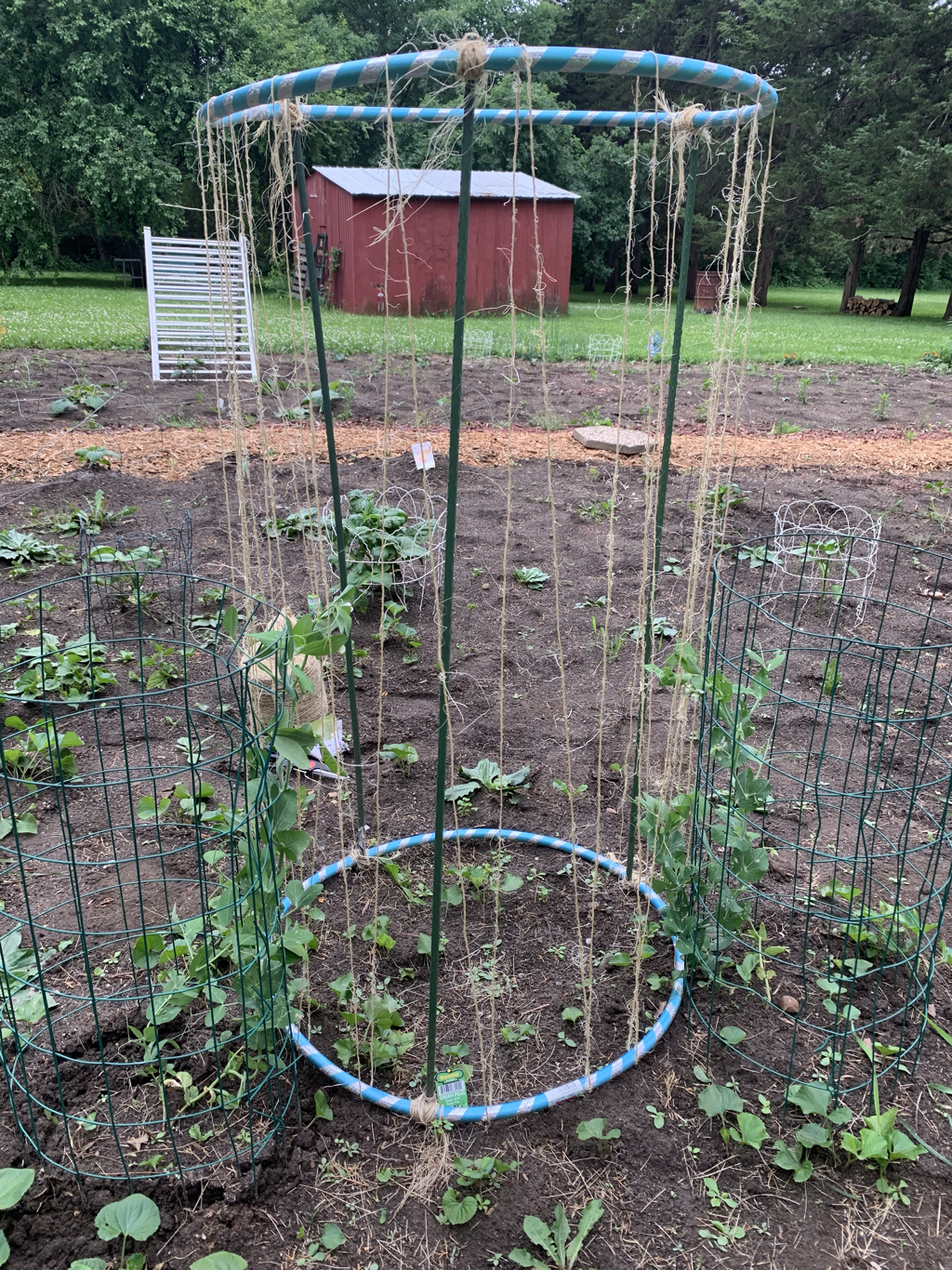
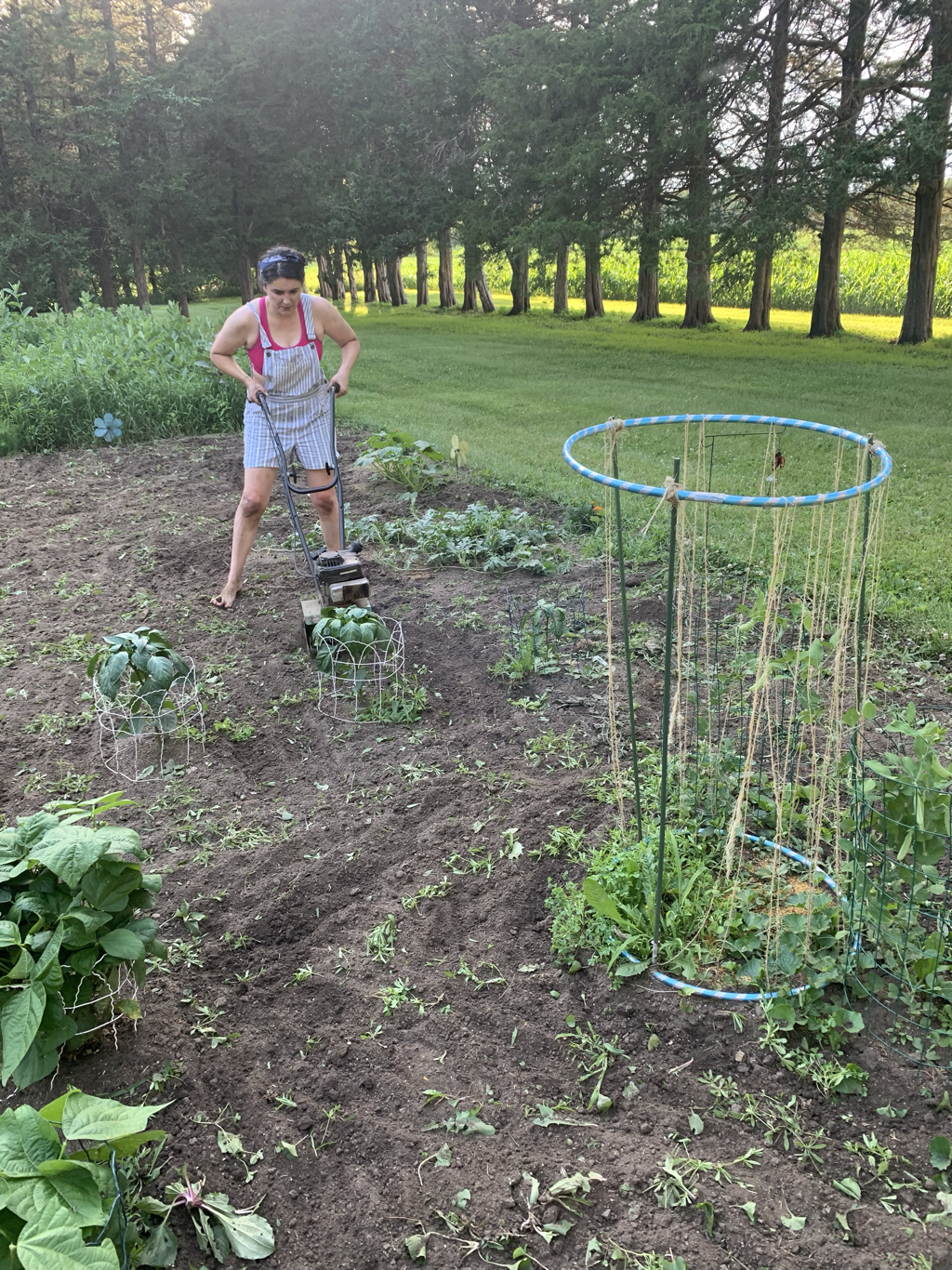
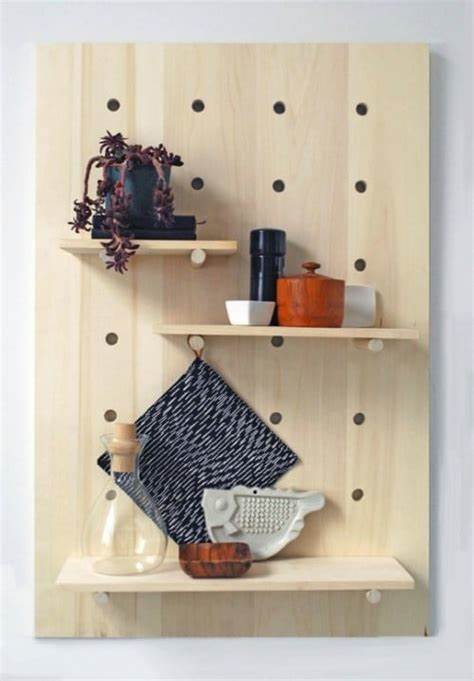
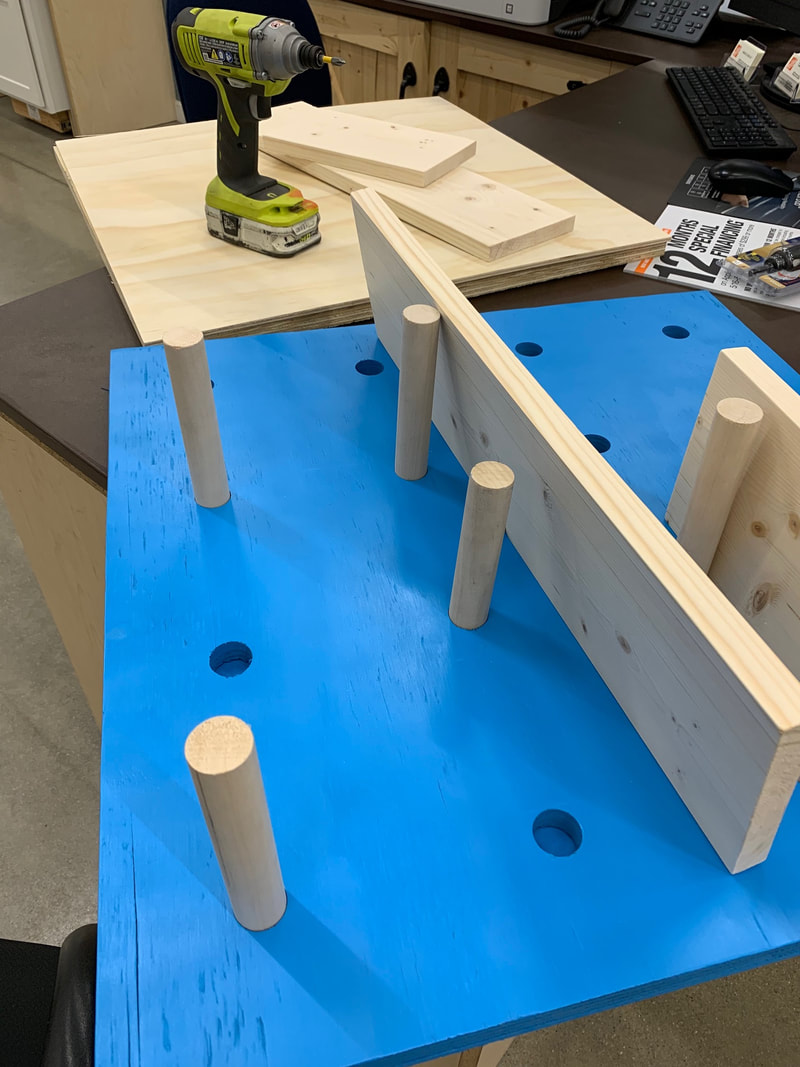
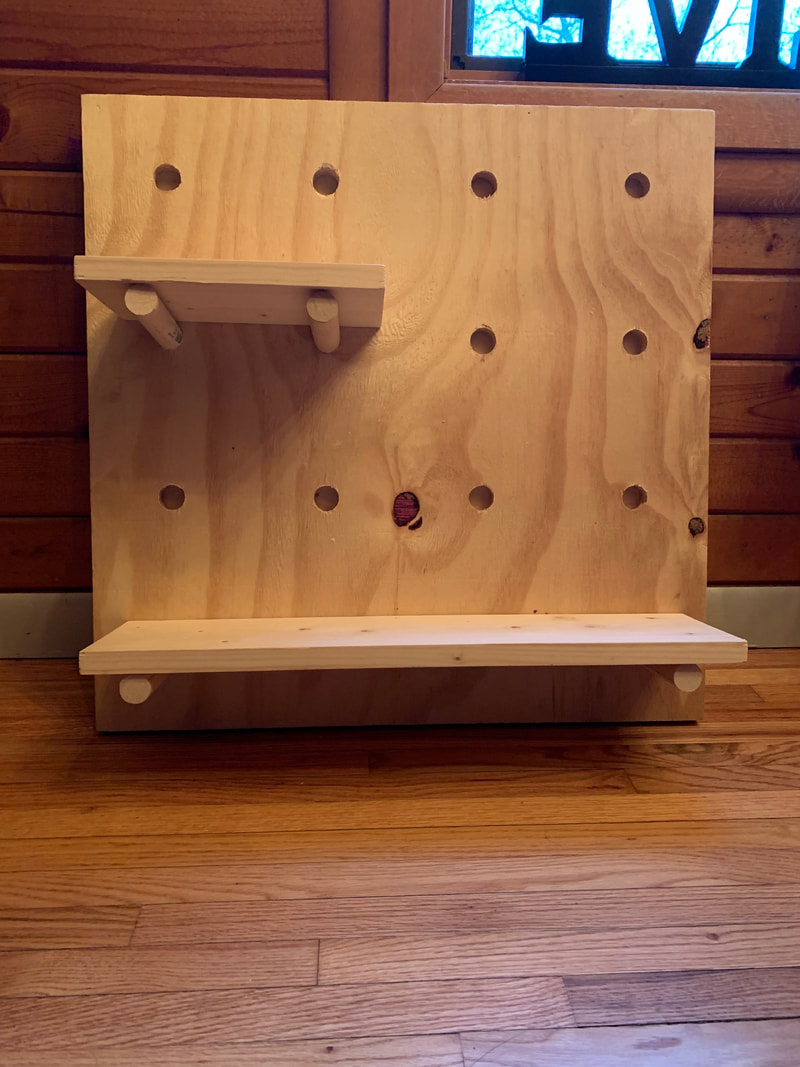

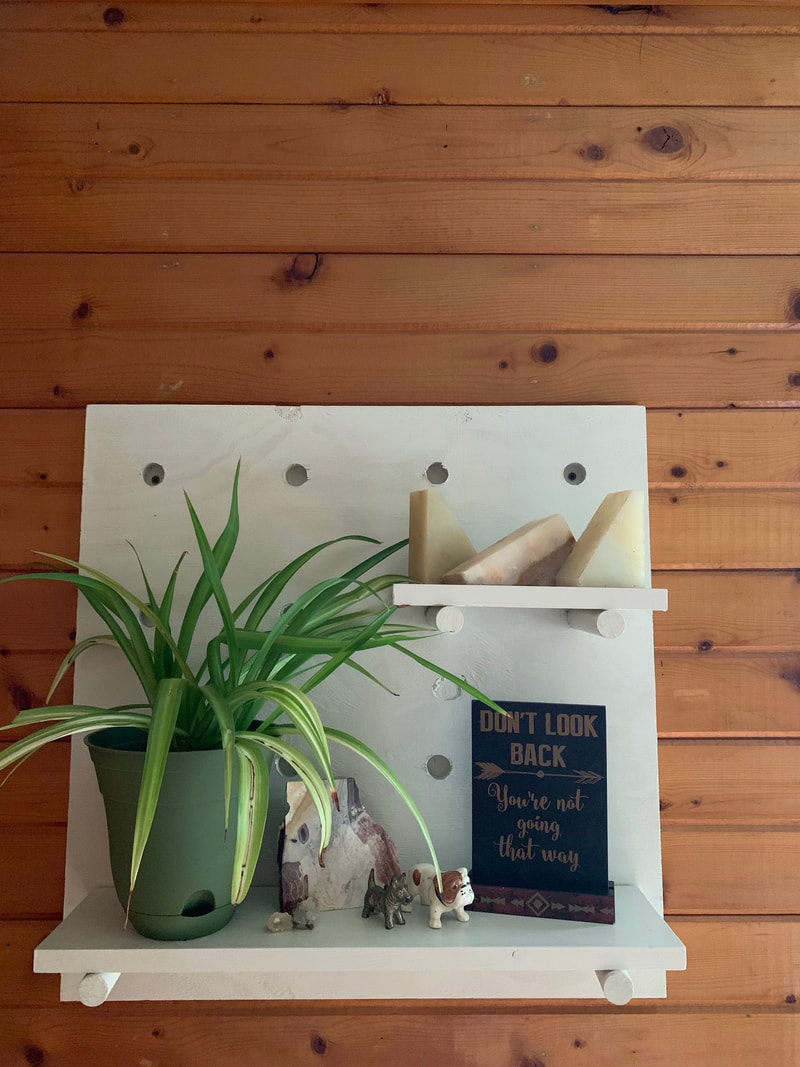
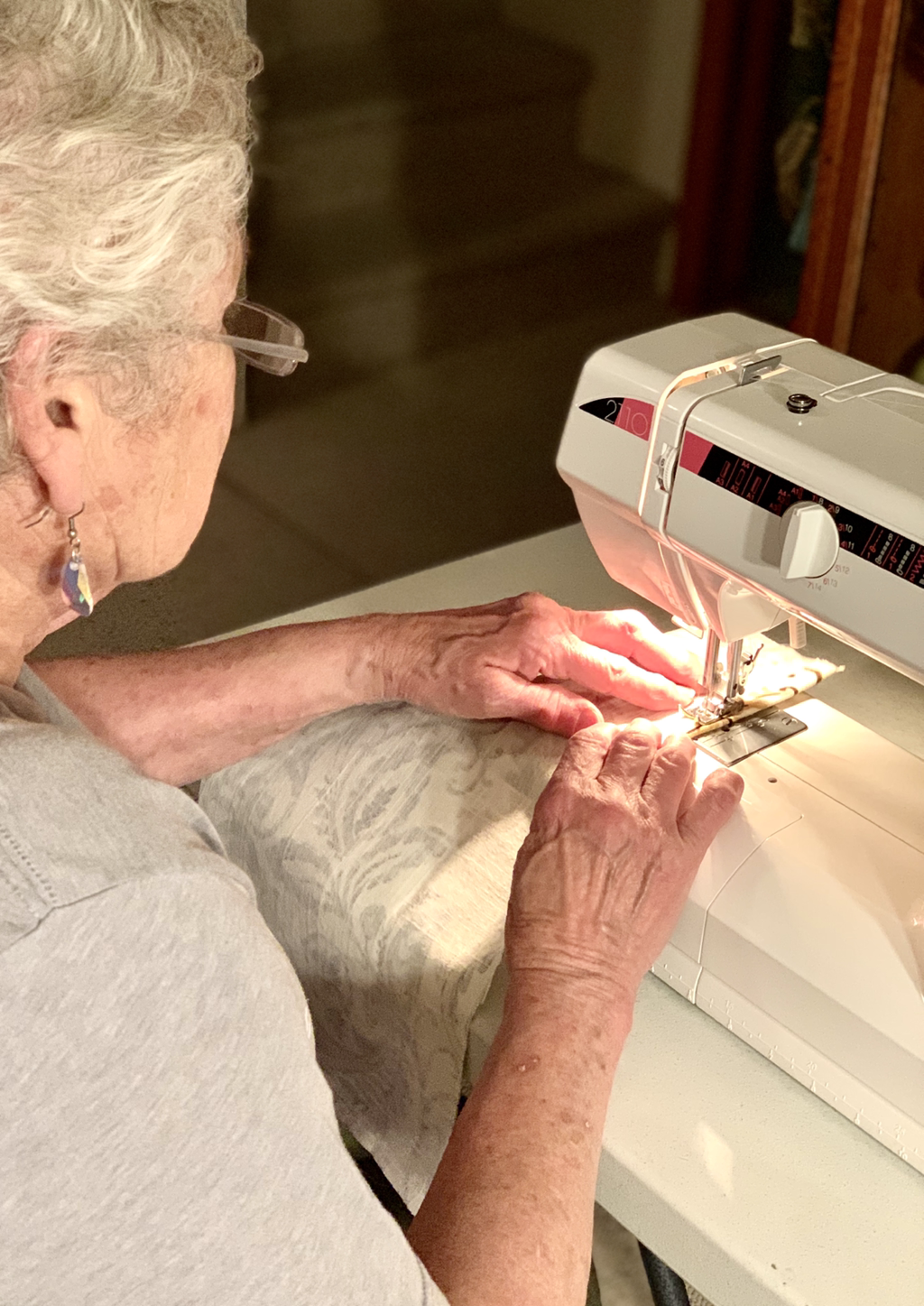
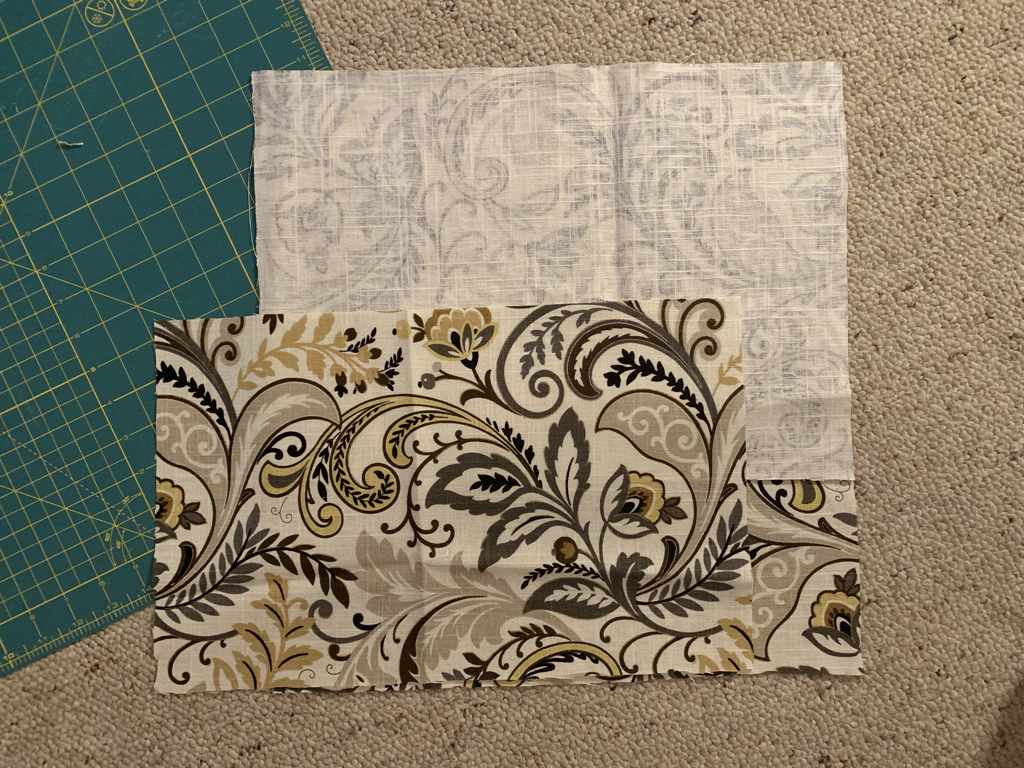
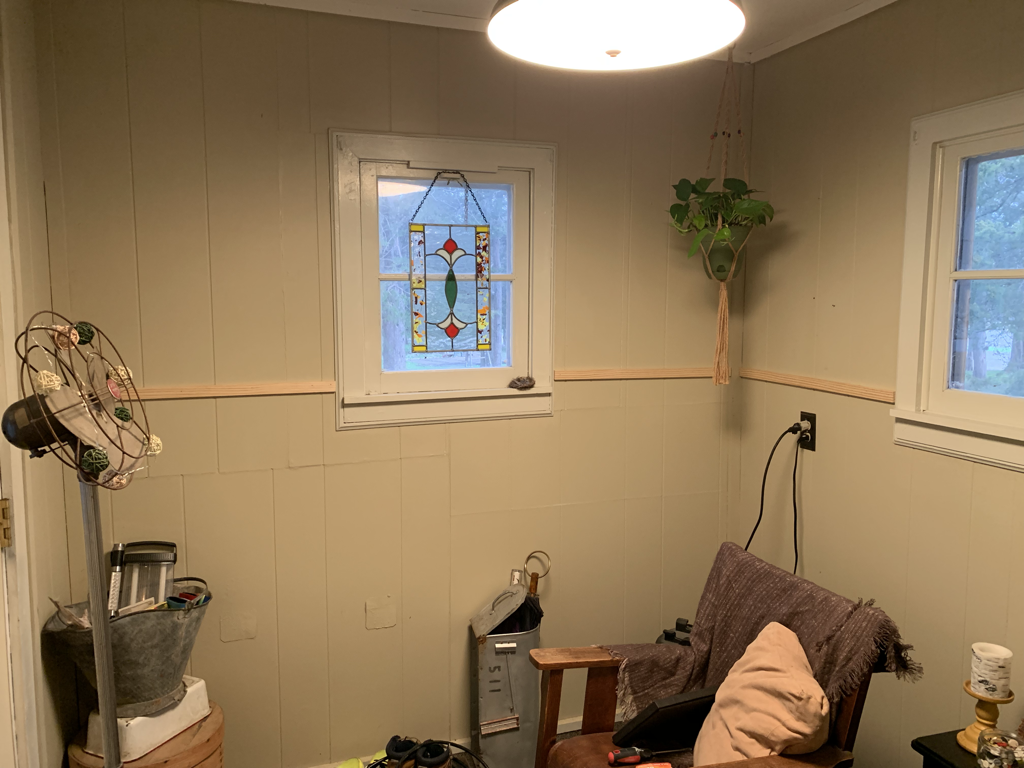
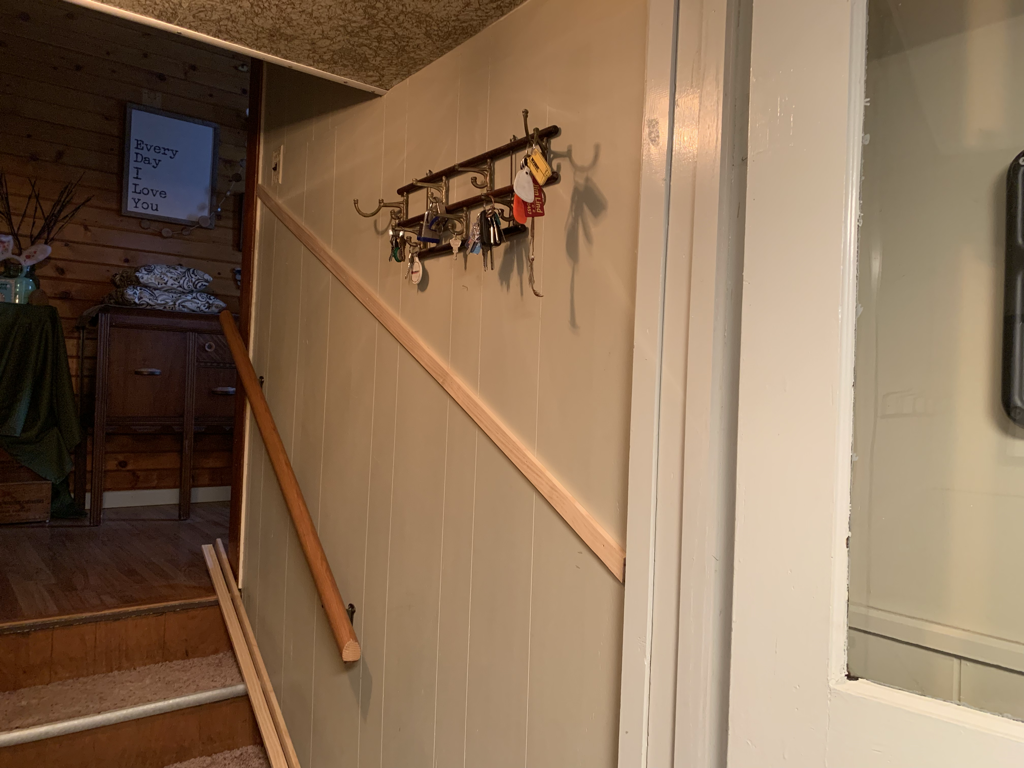
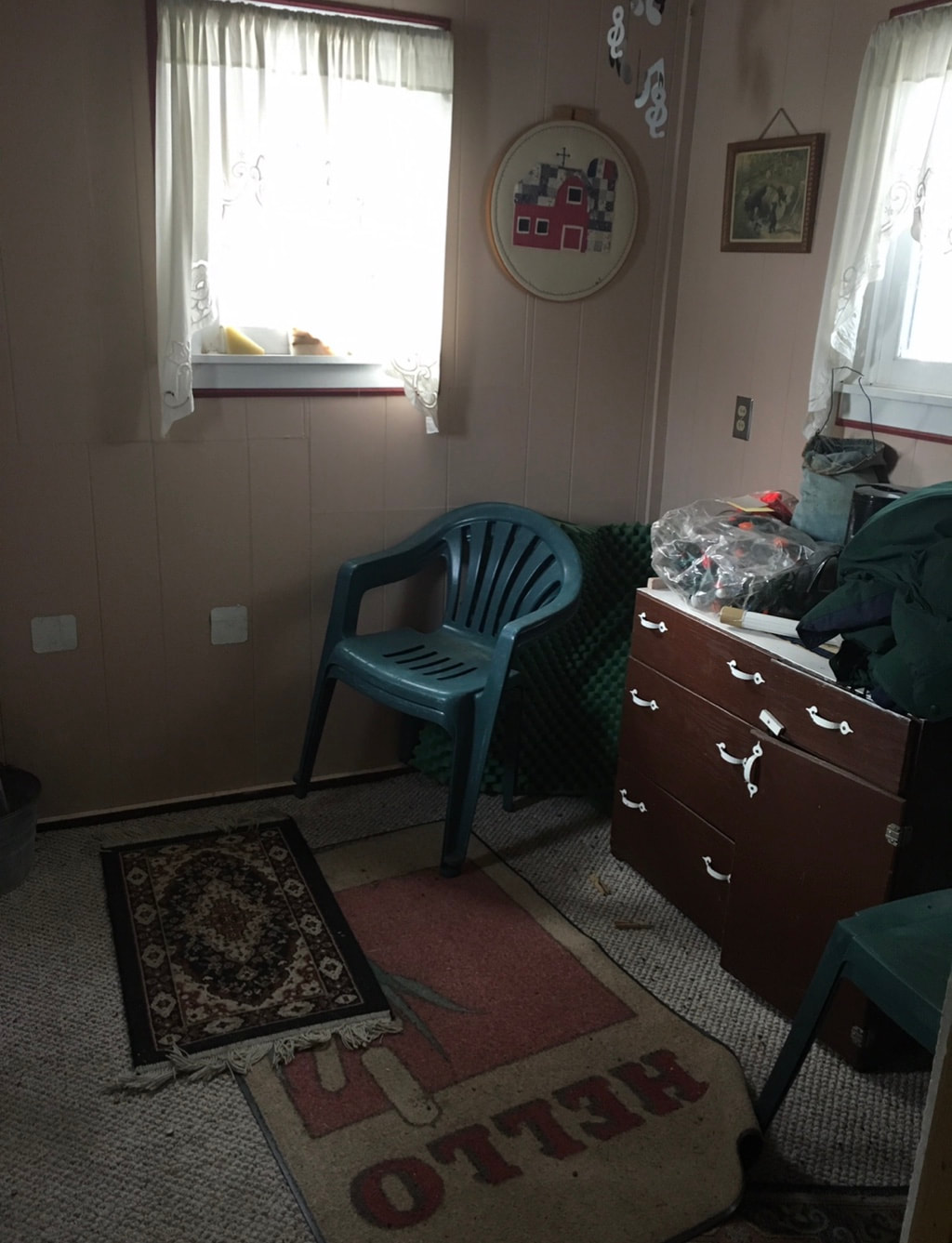
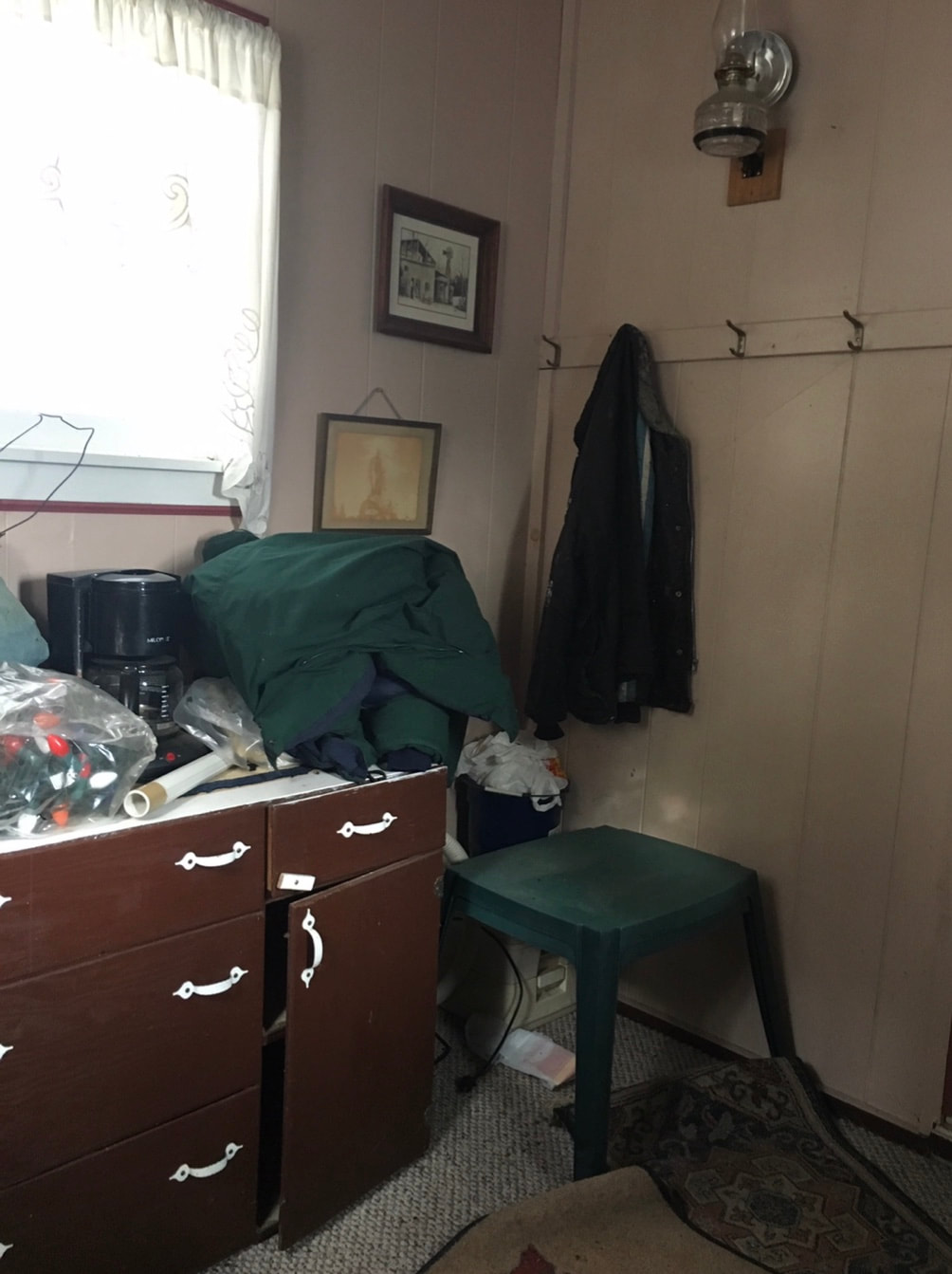
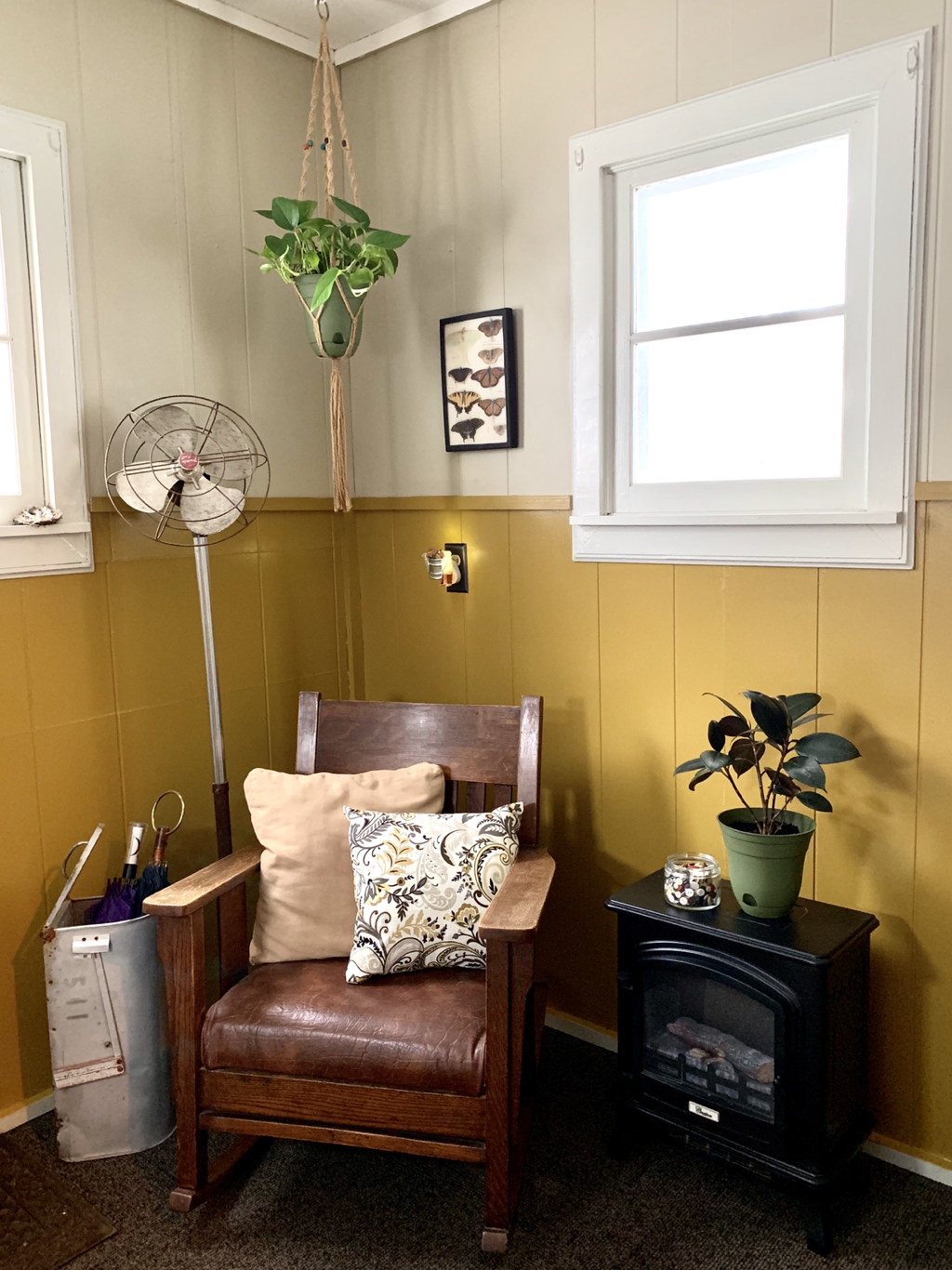
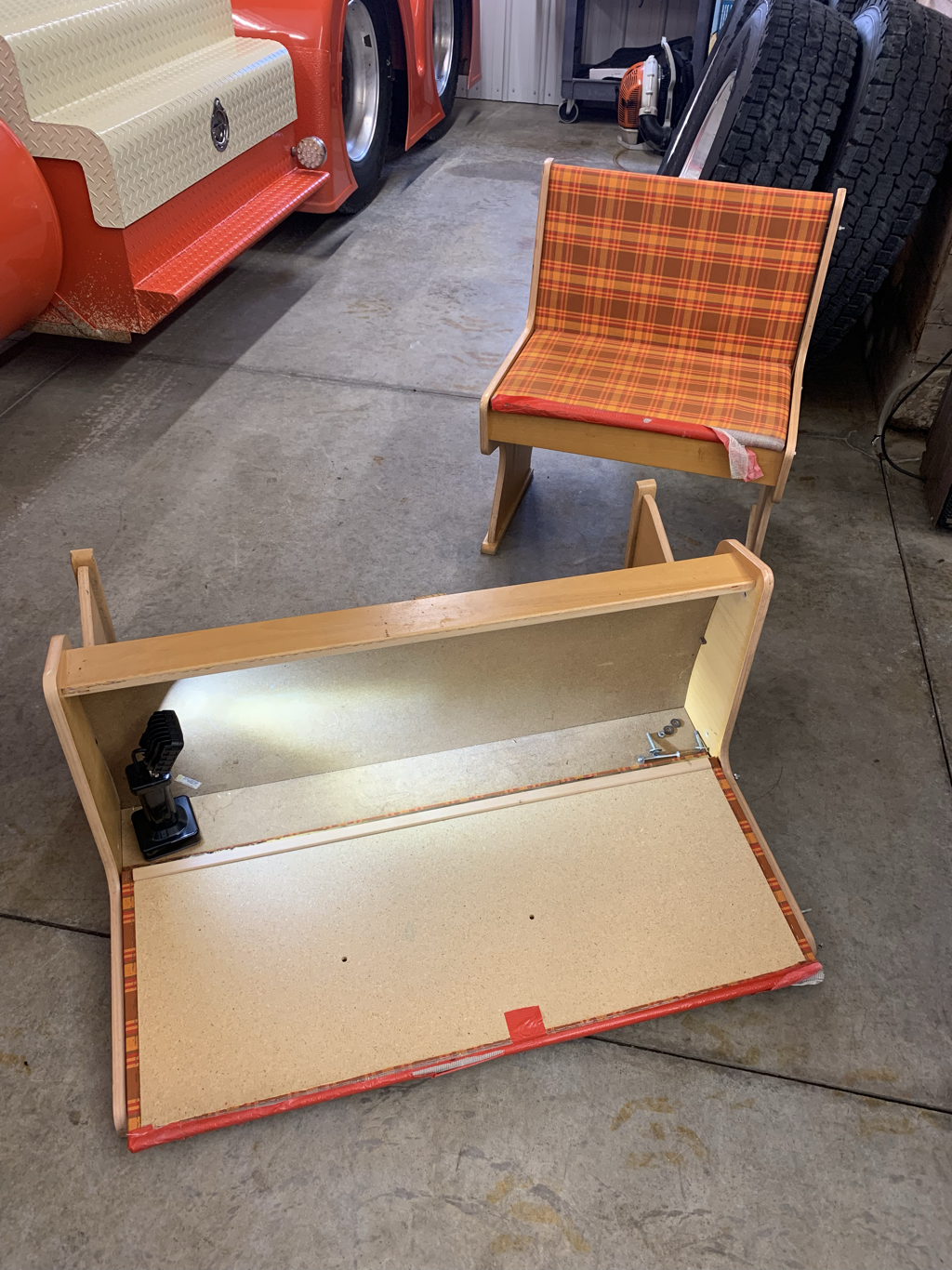


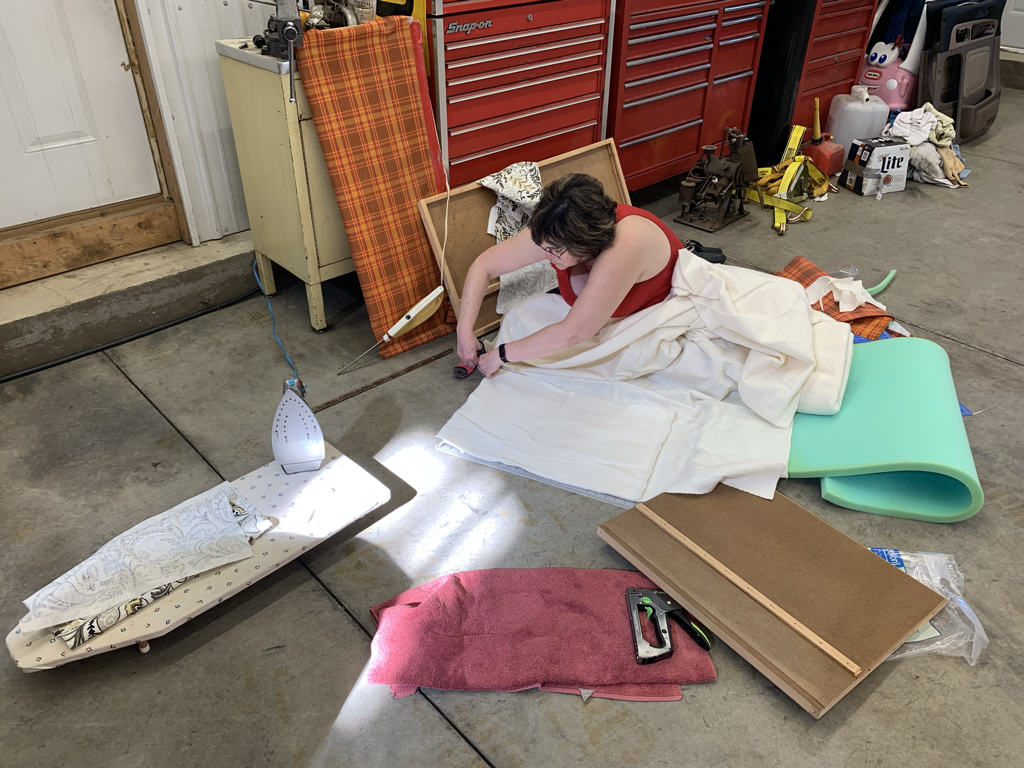
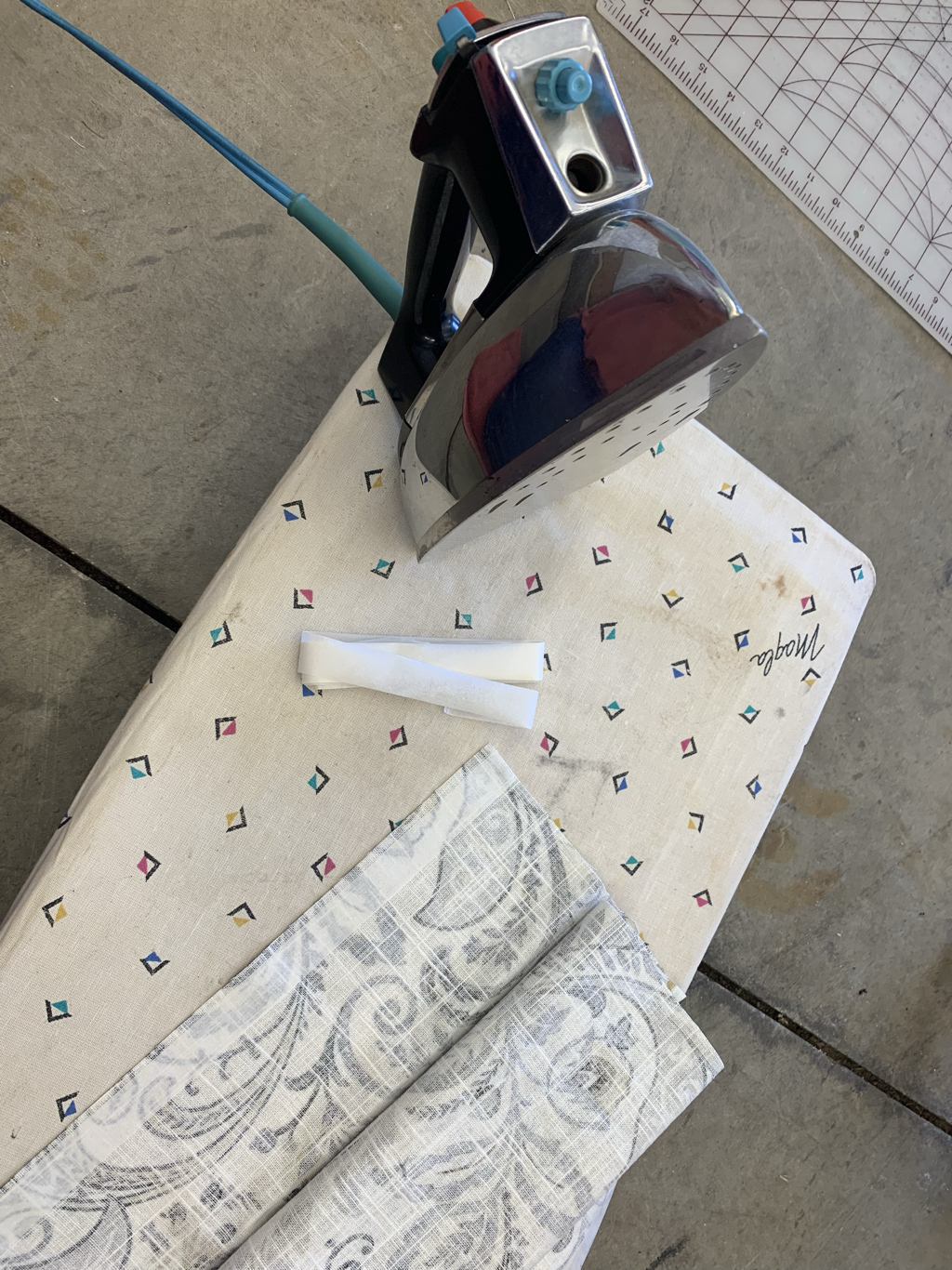

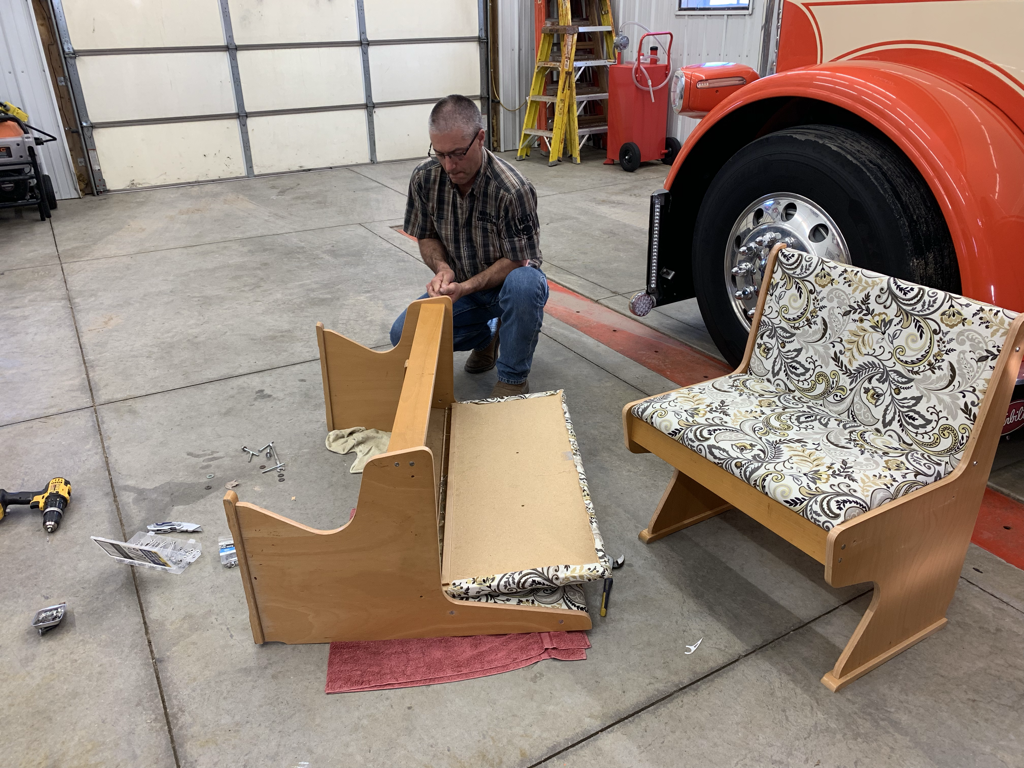


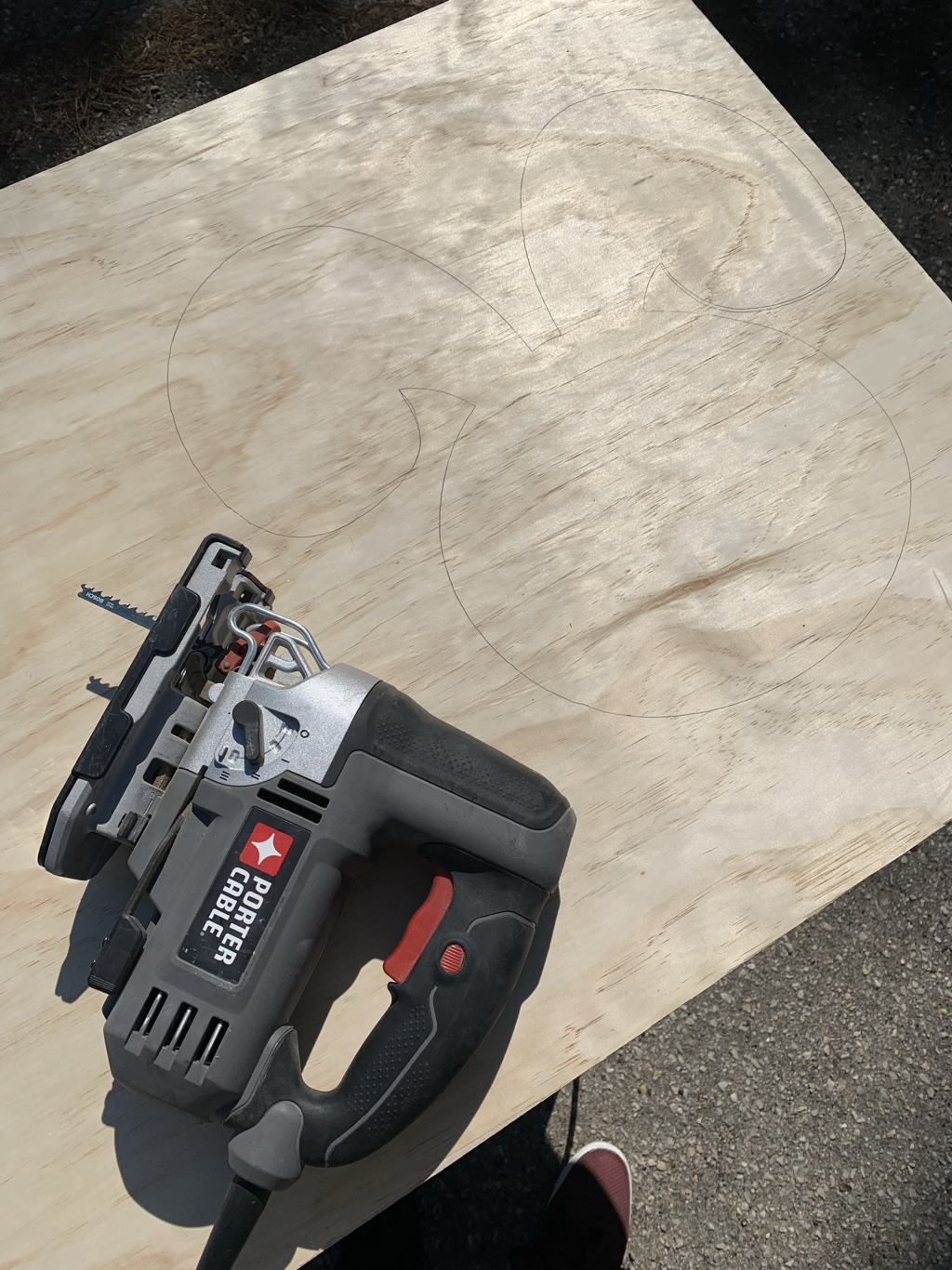


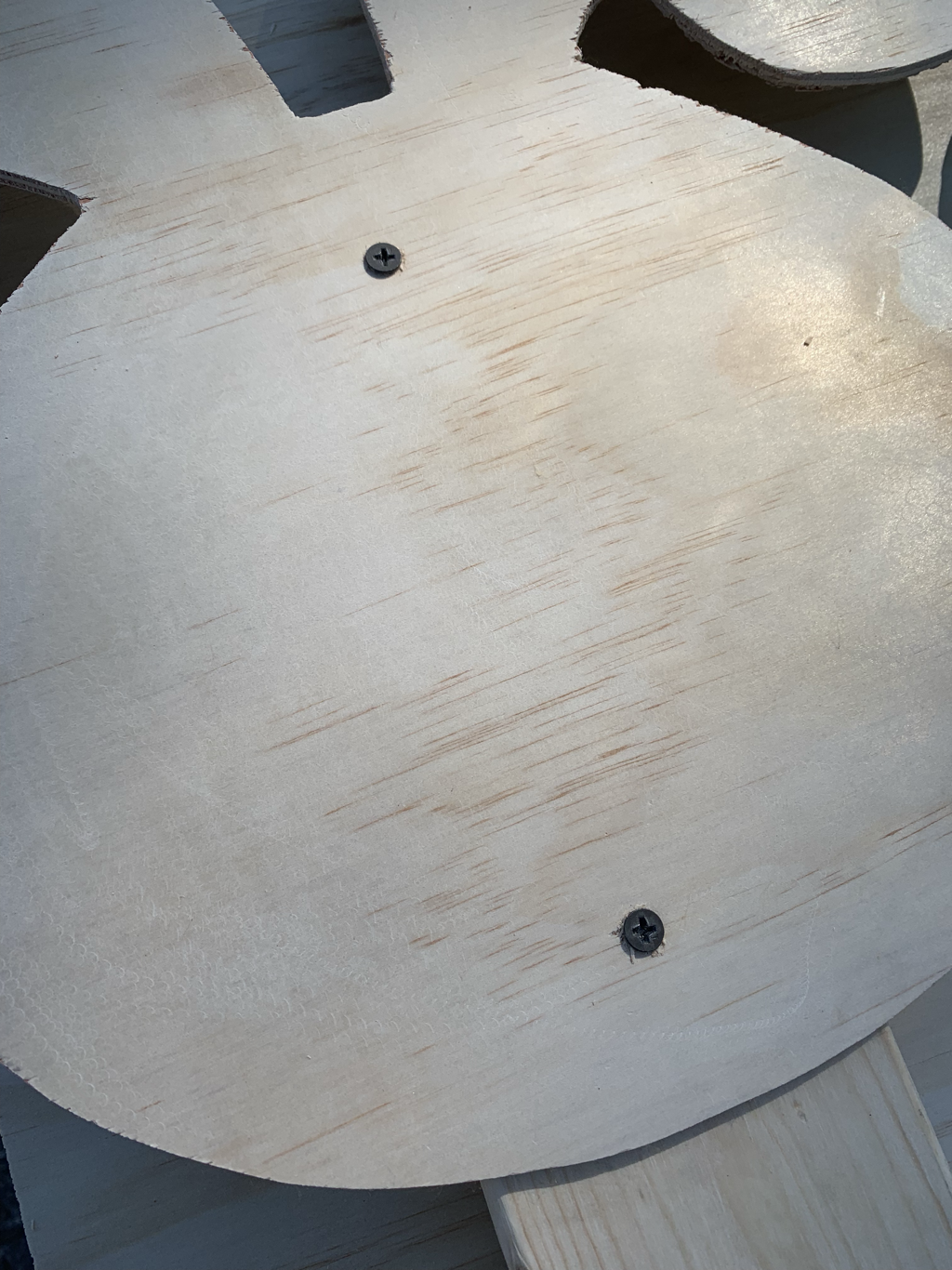






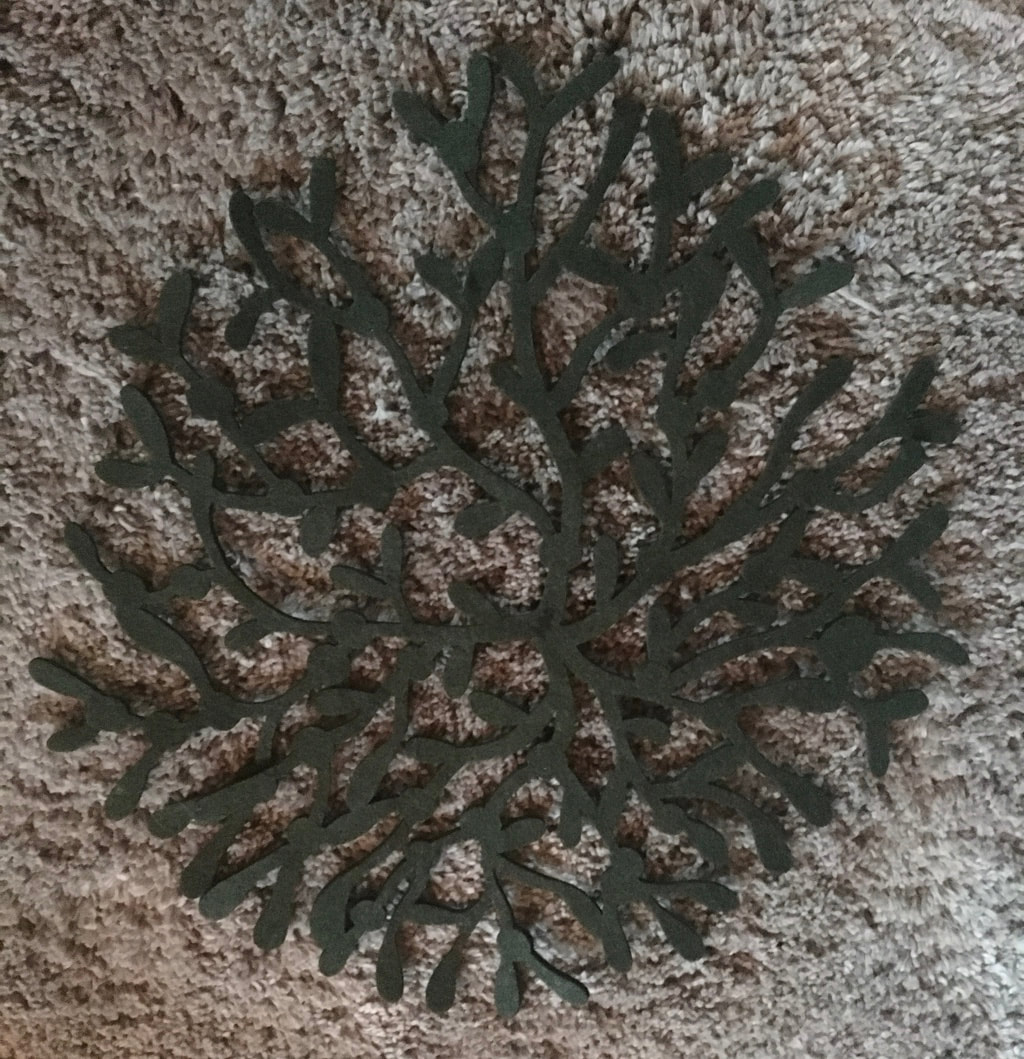

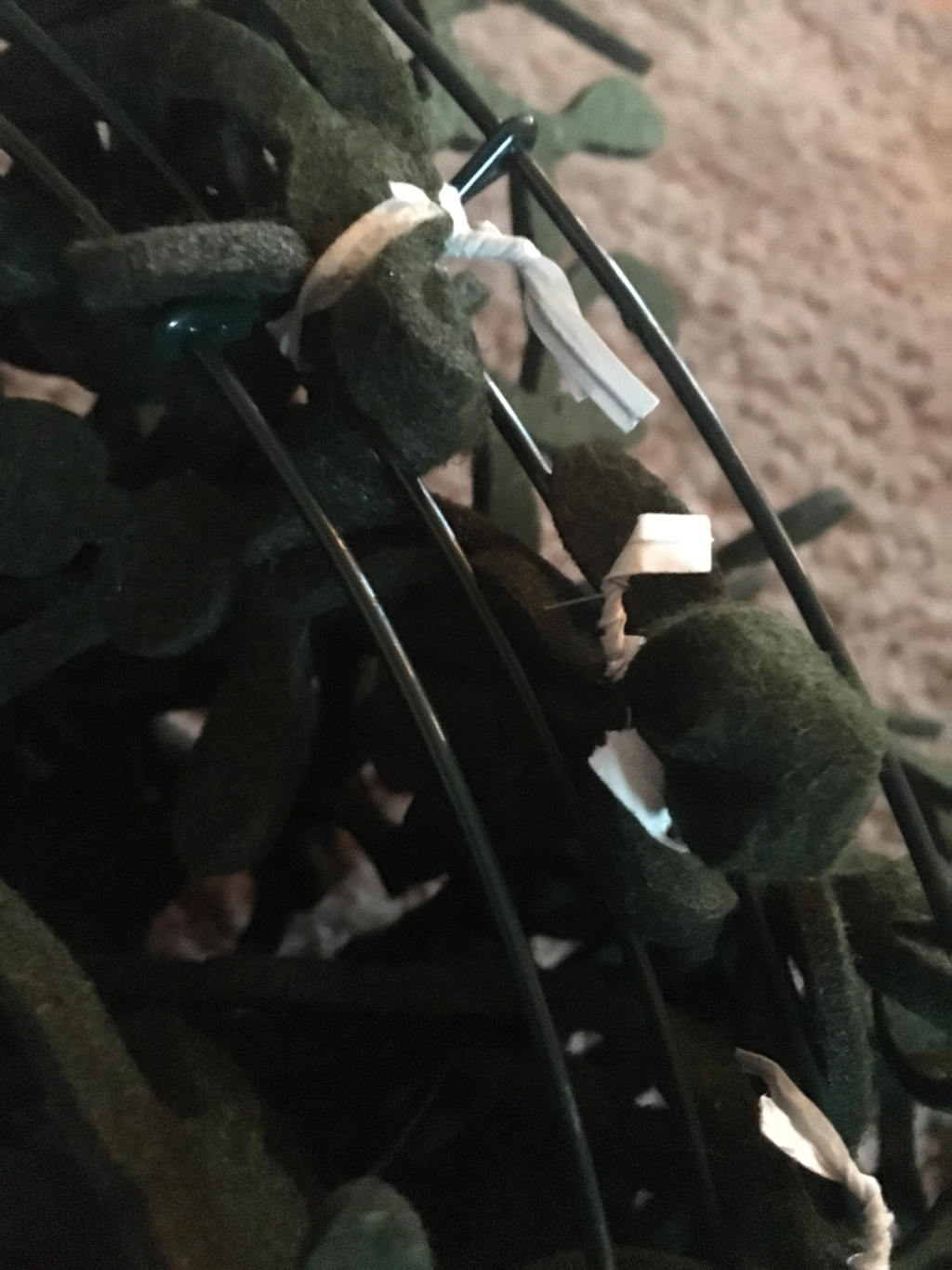

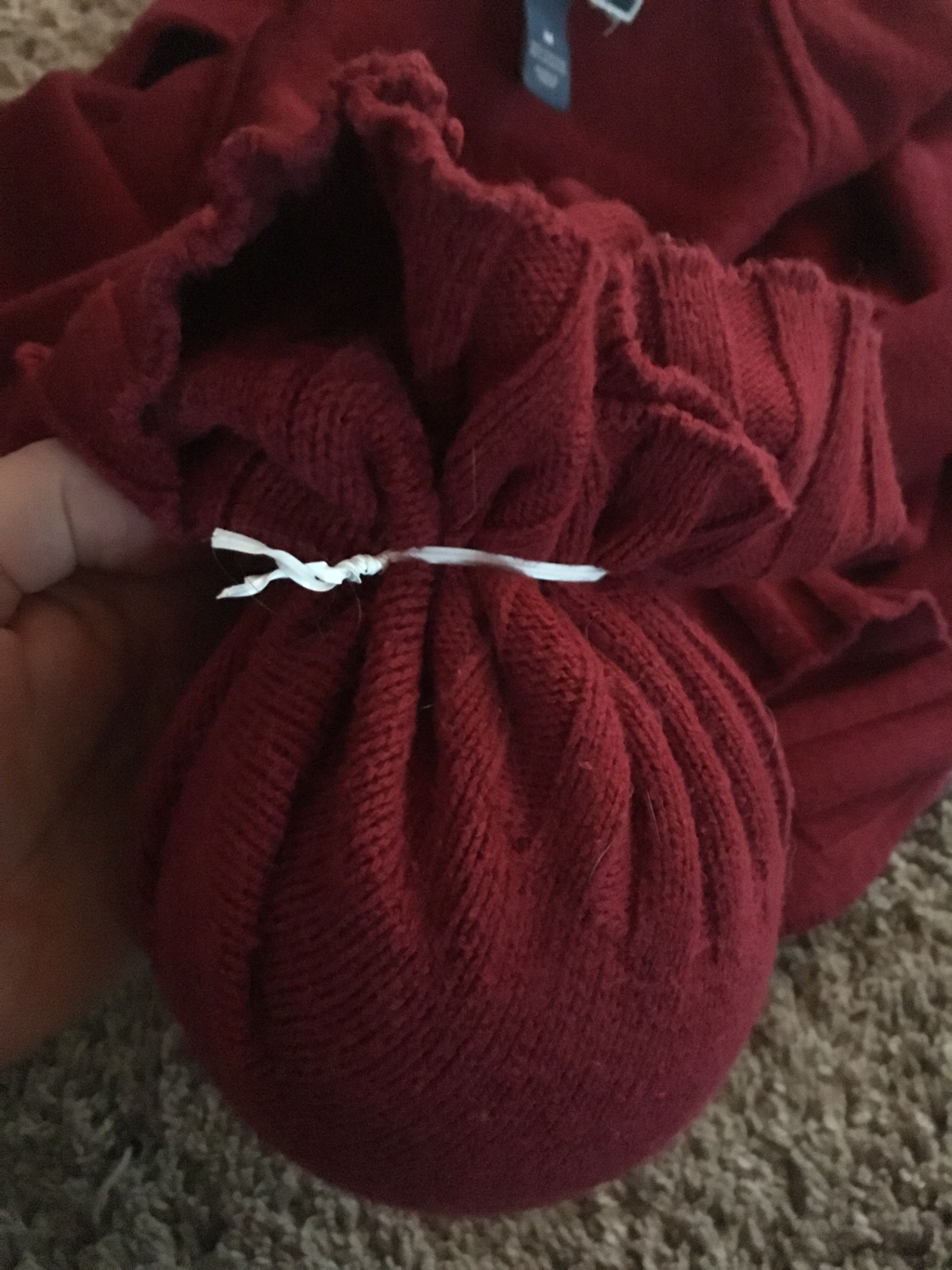

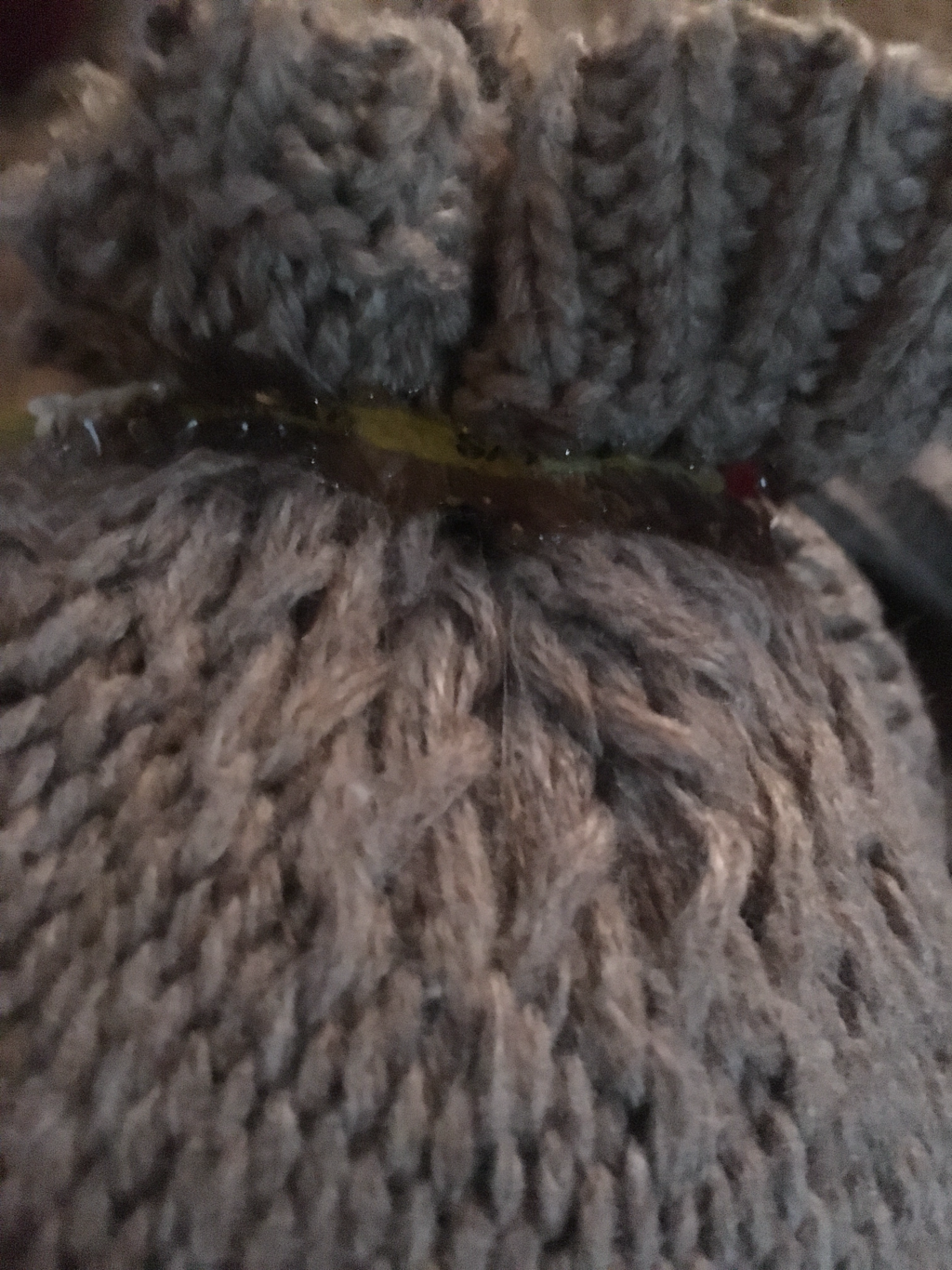


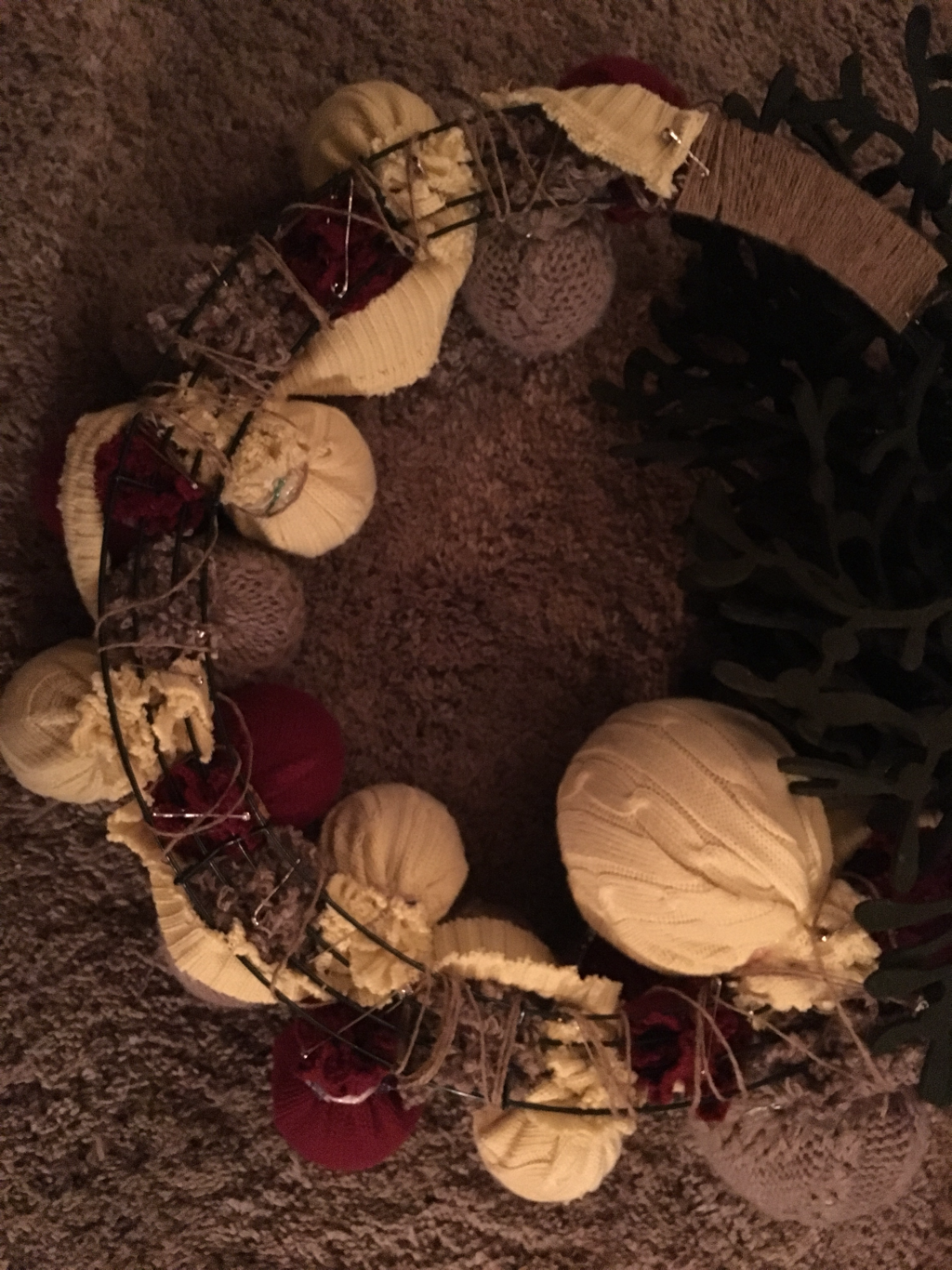
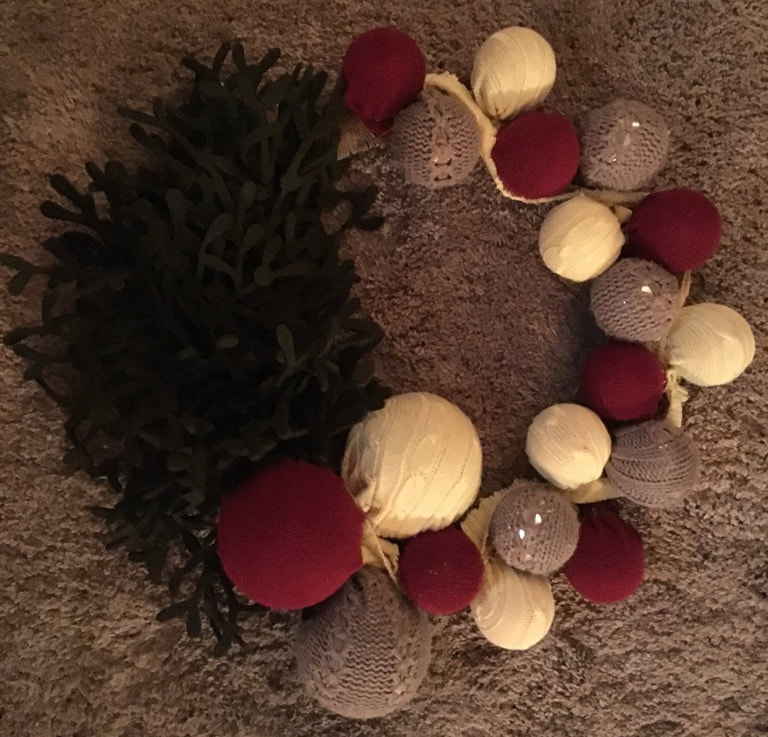
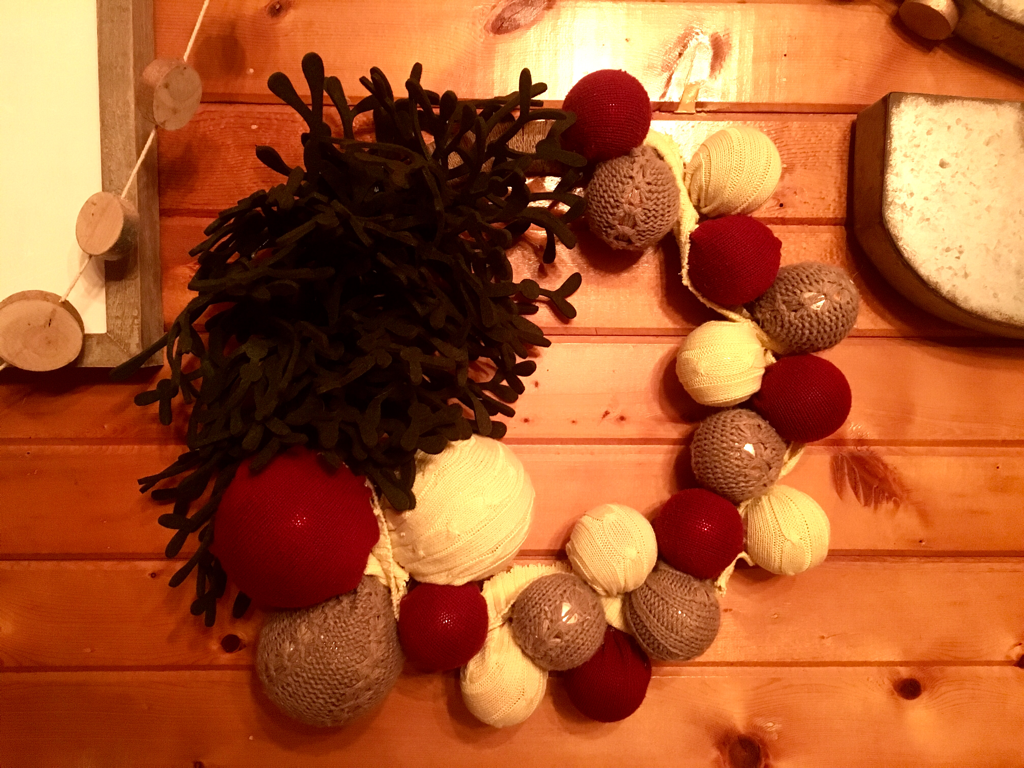
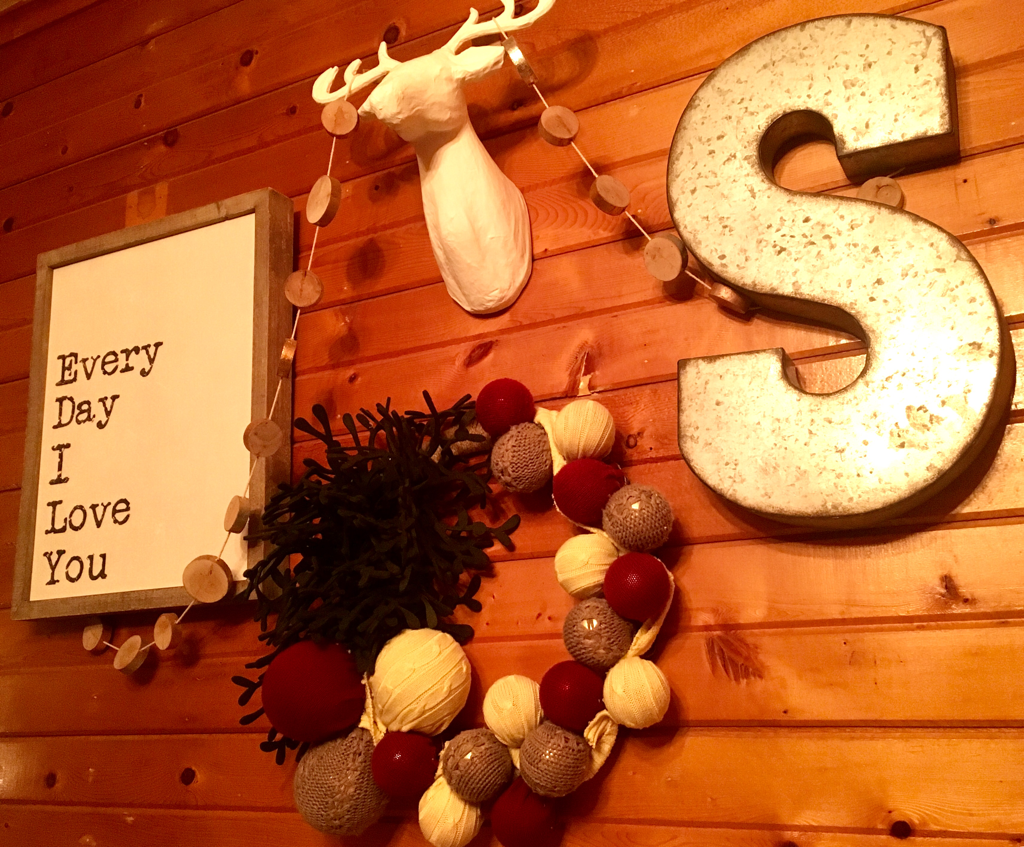
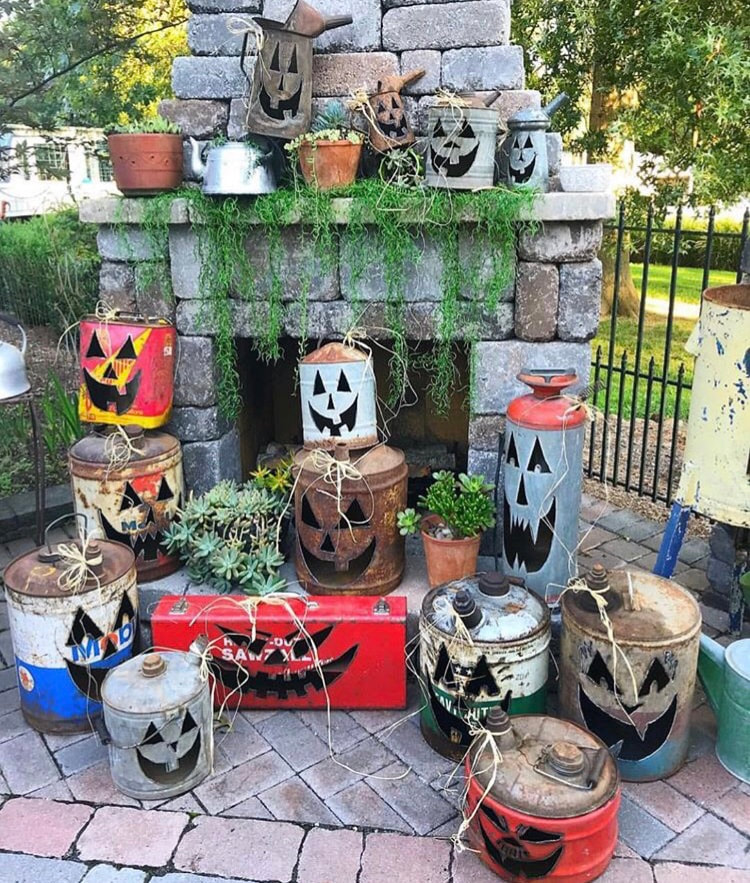
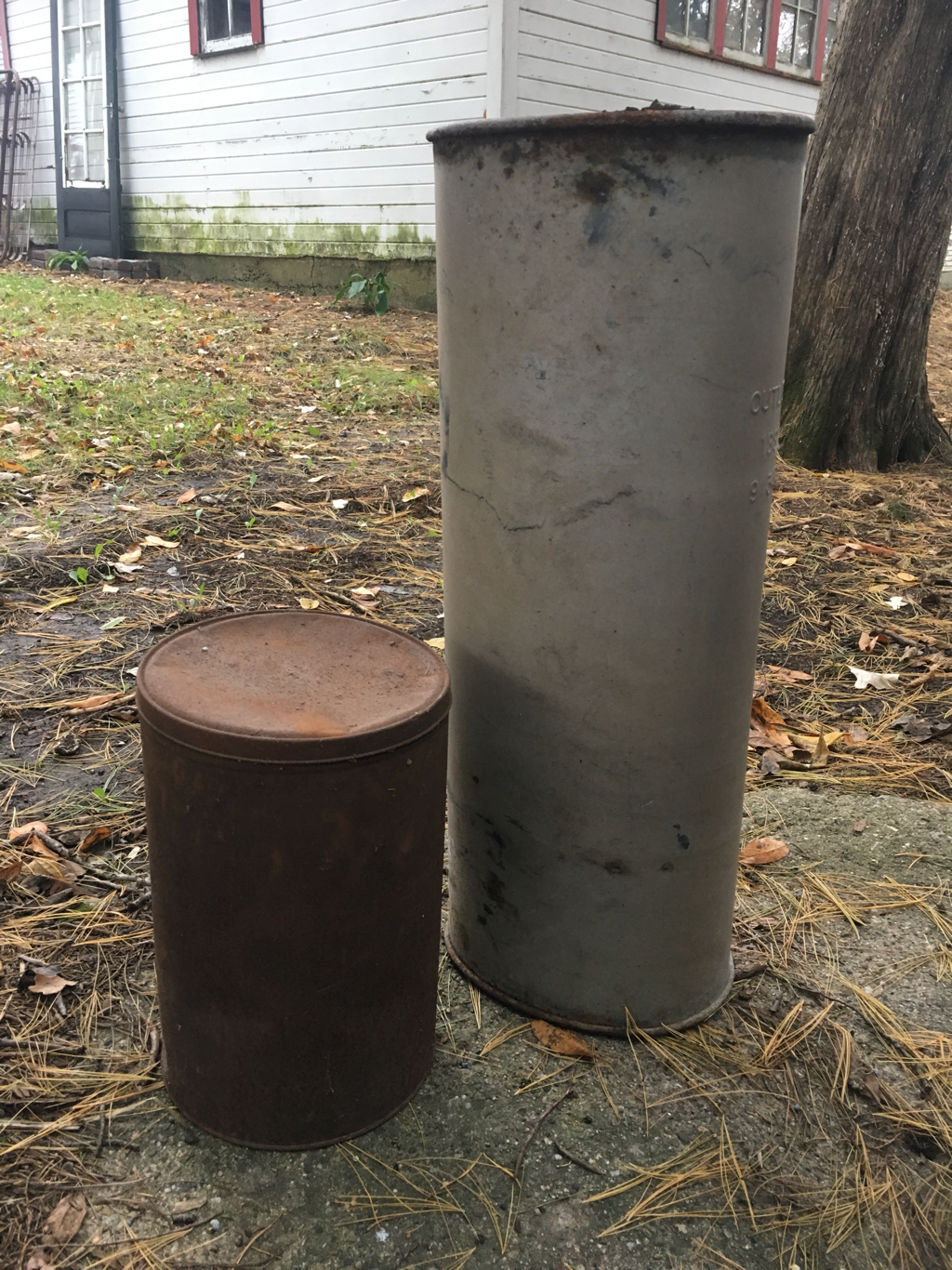







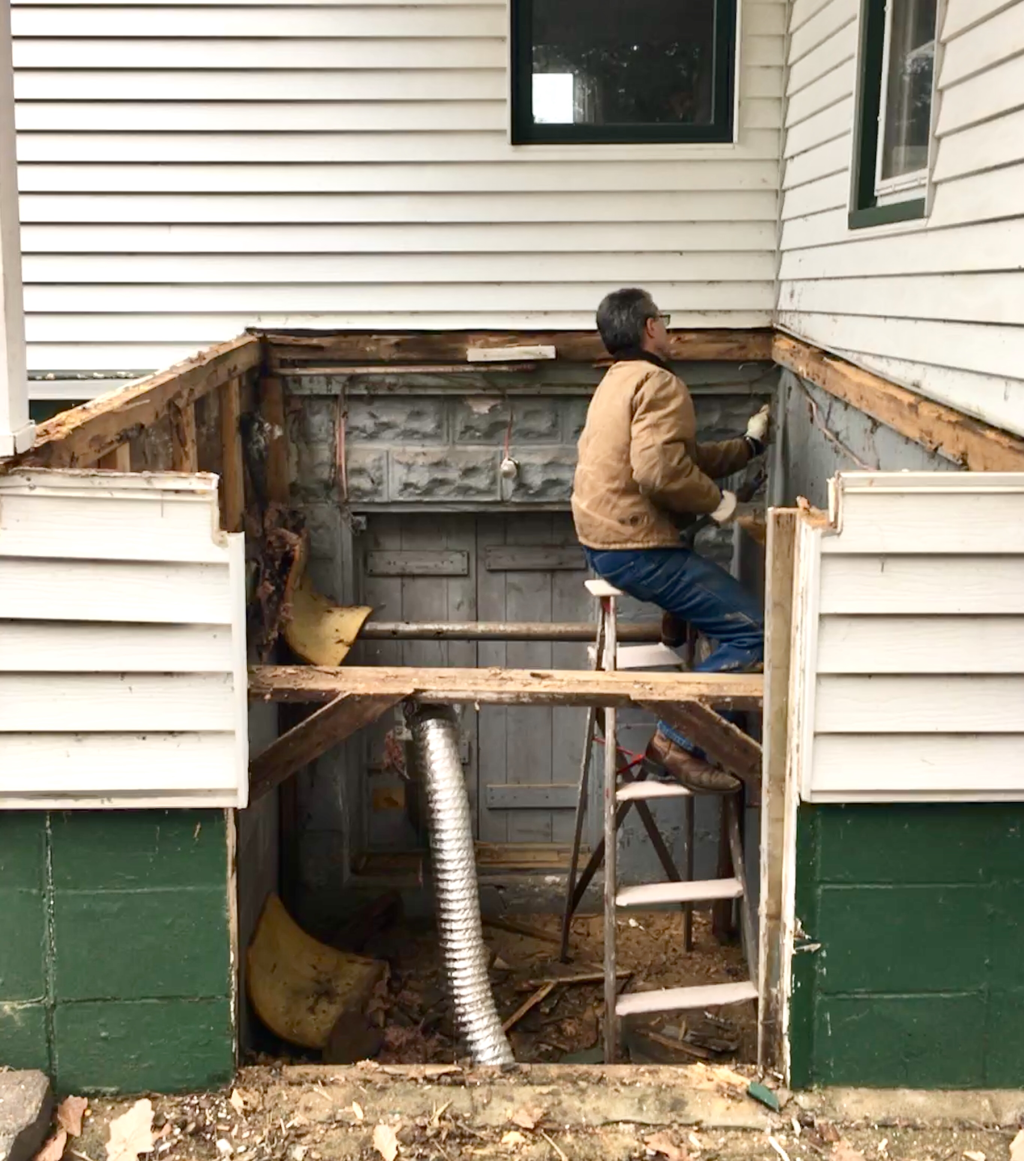

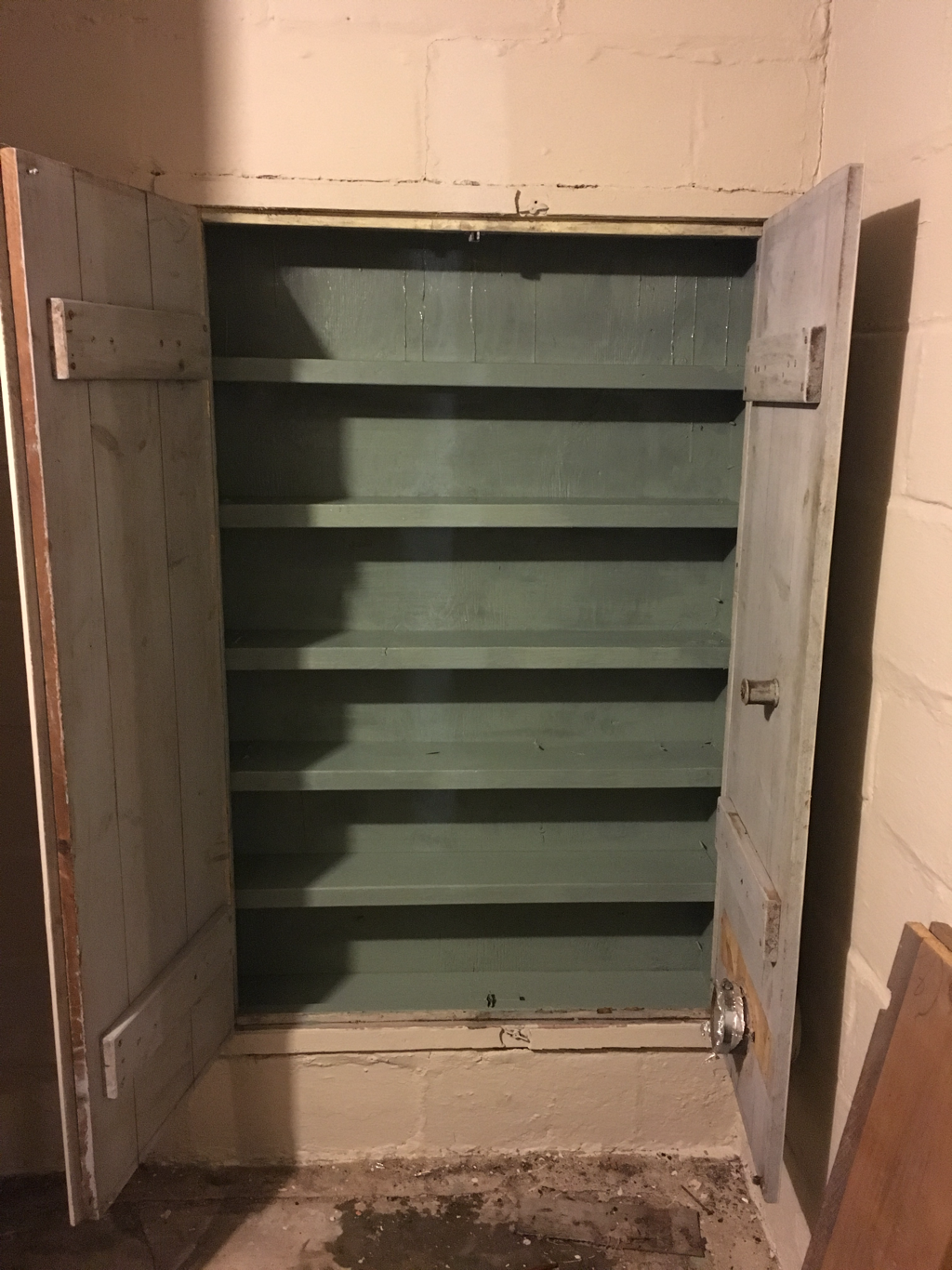

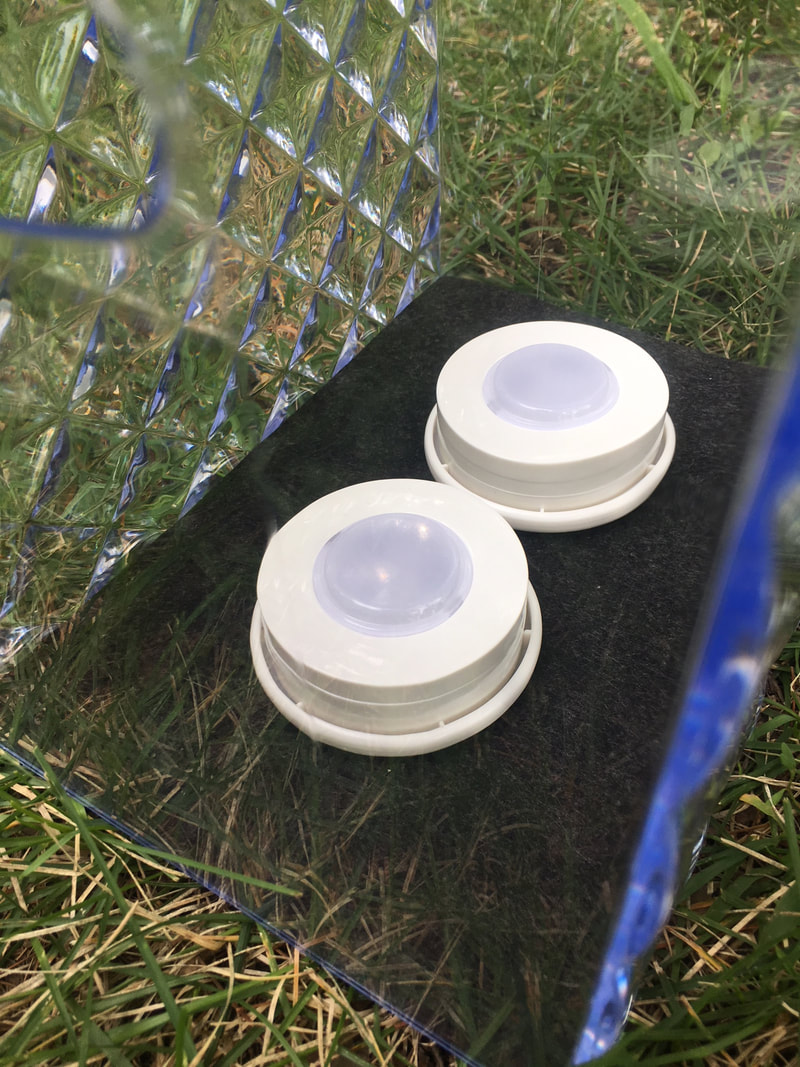

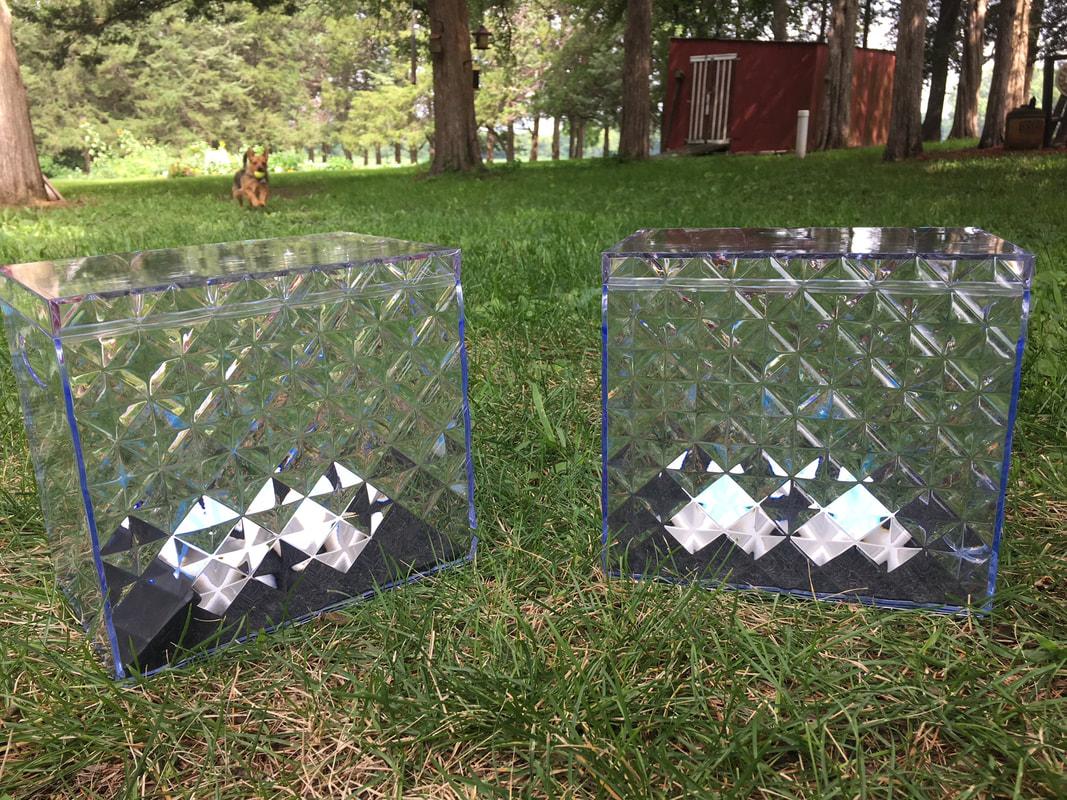
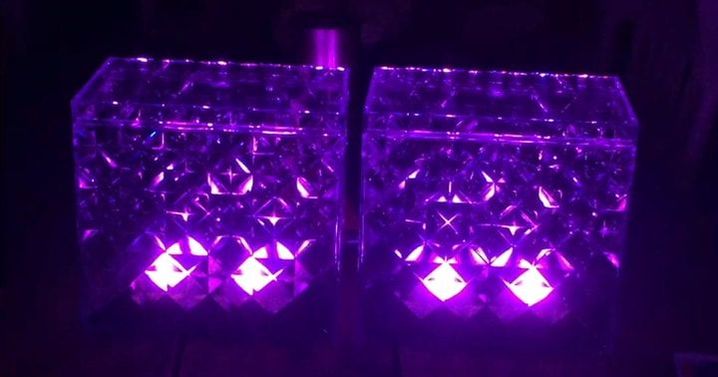
 RSS Feed
RSS Feed